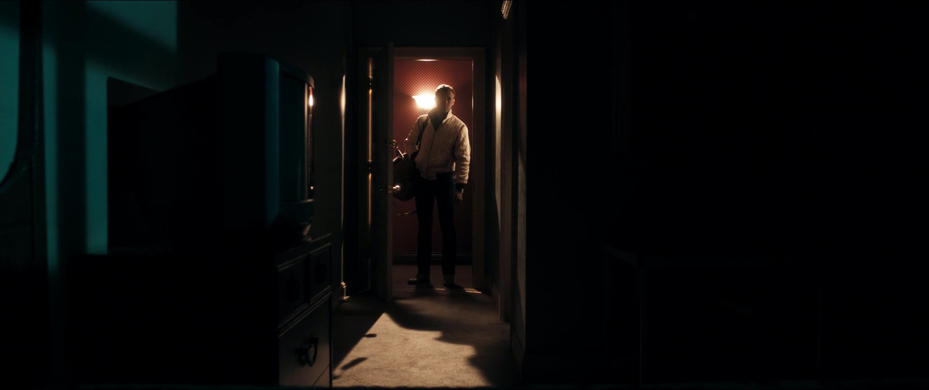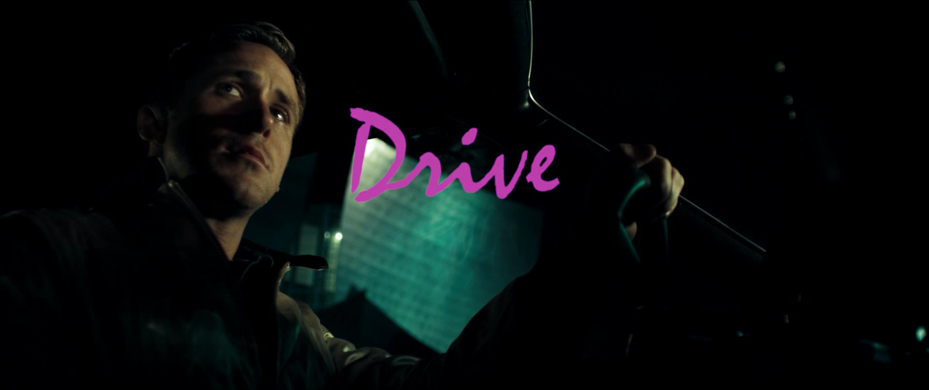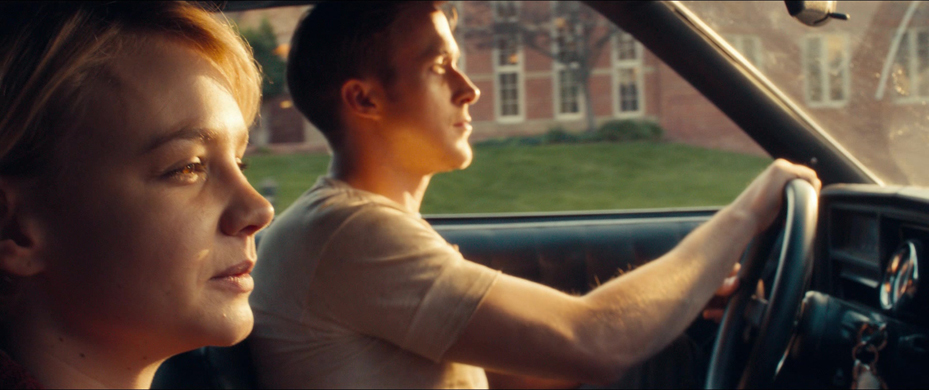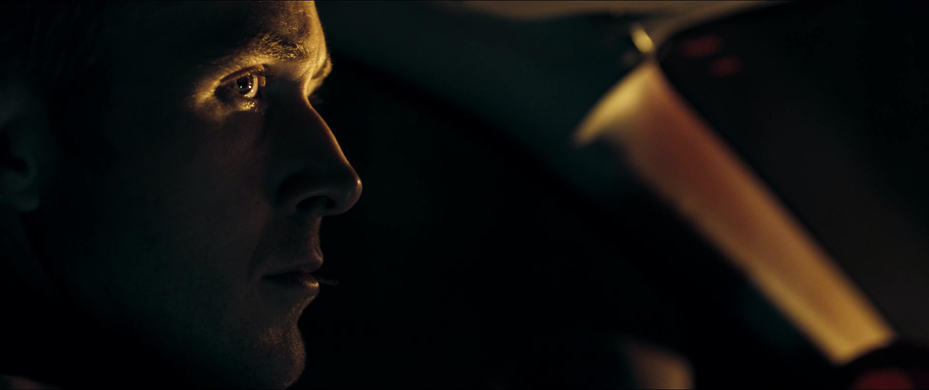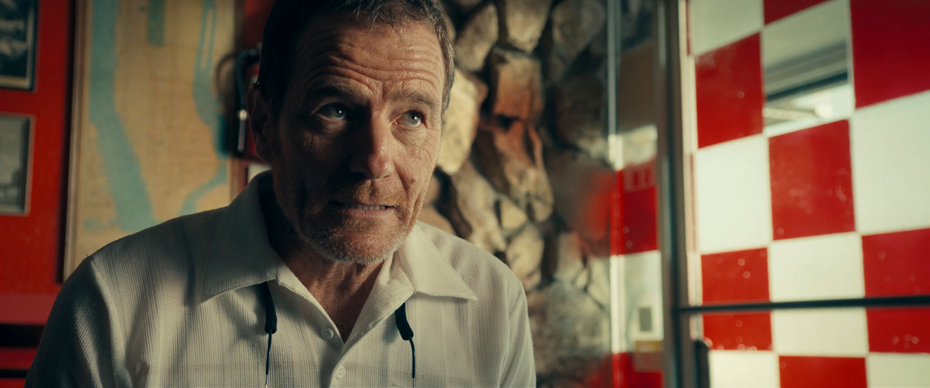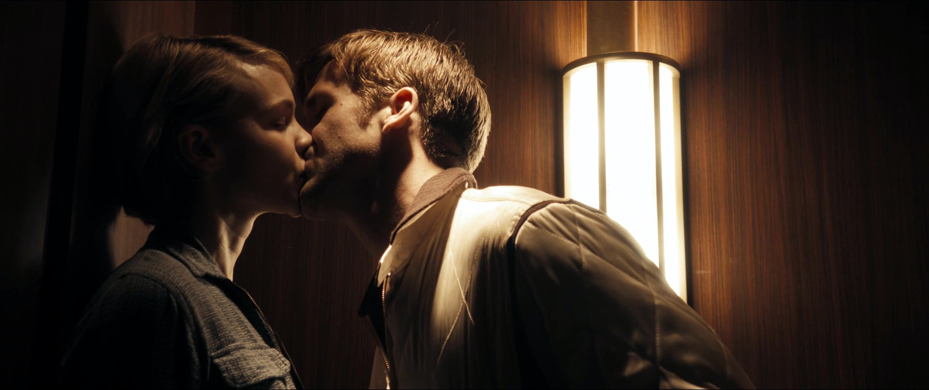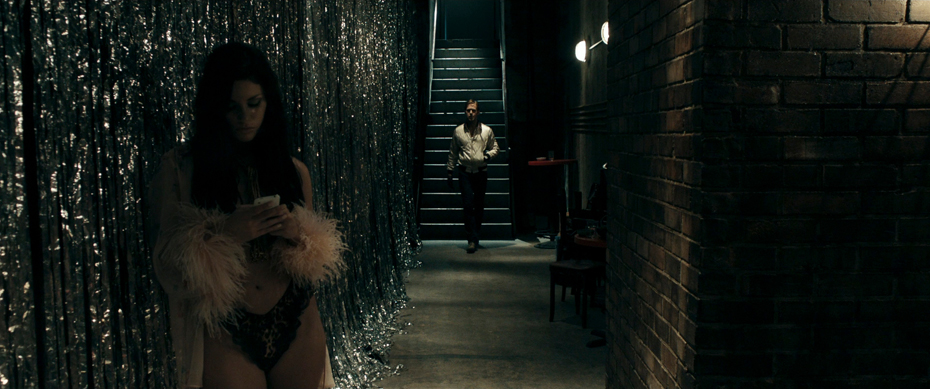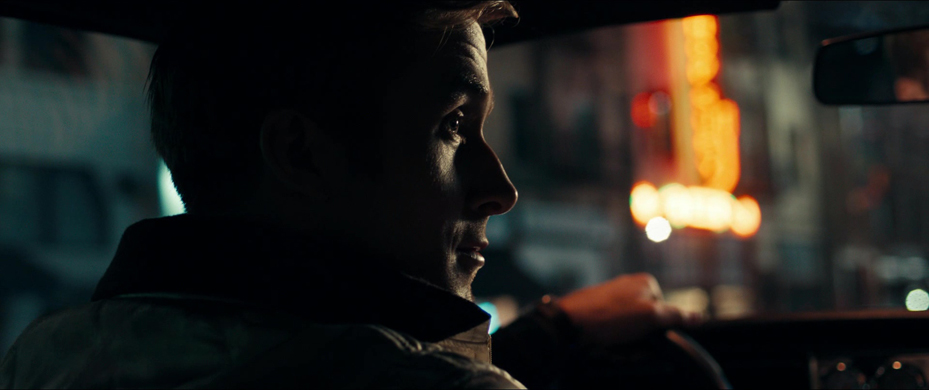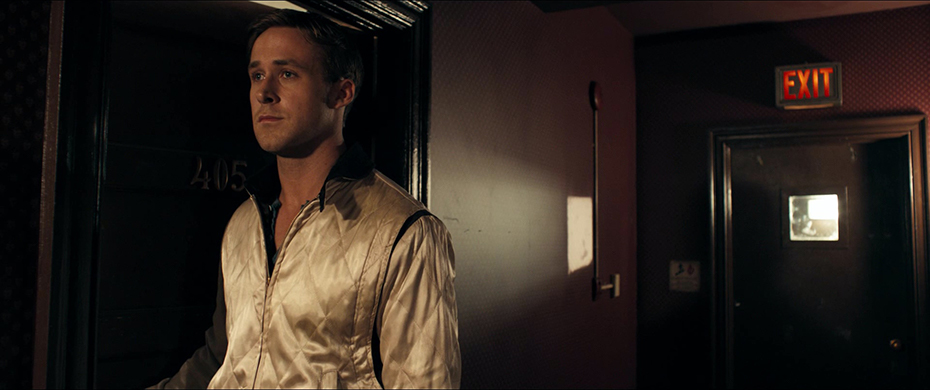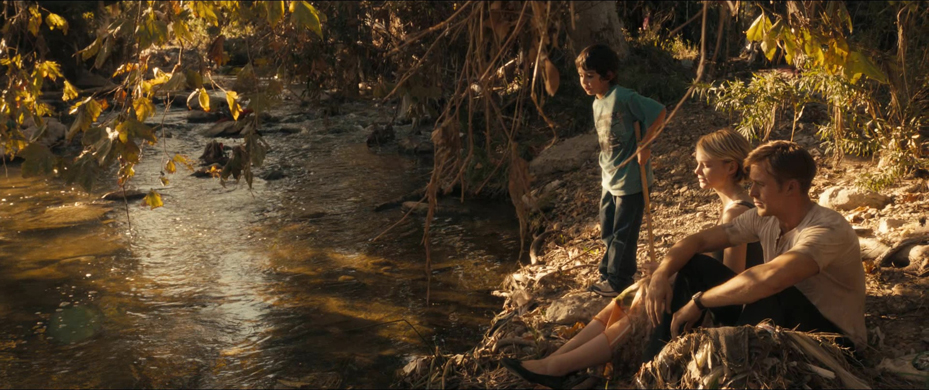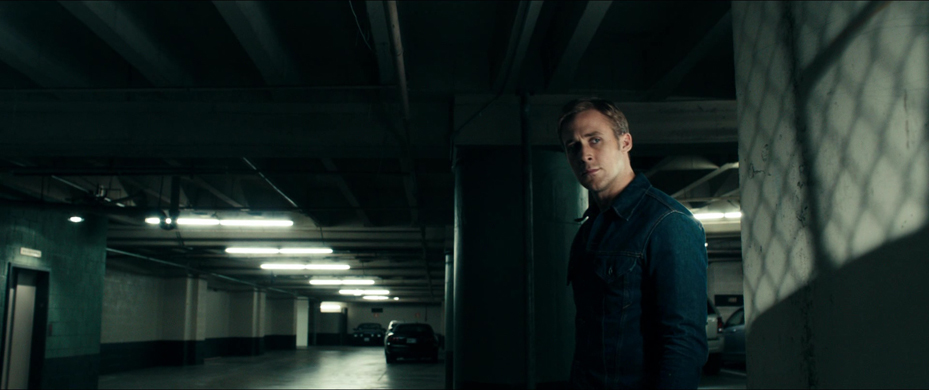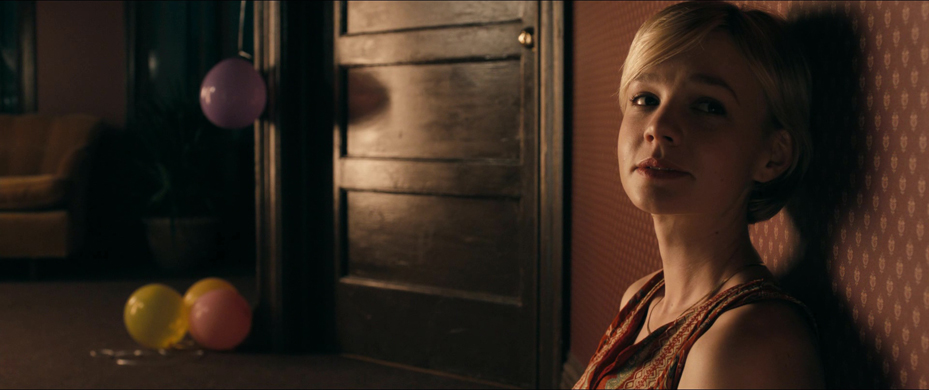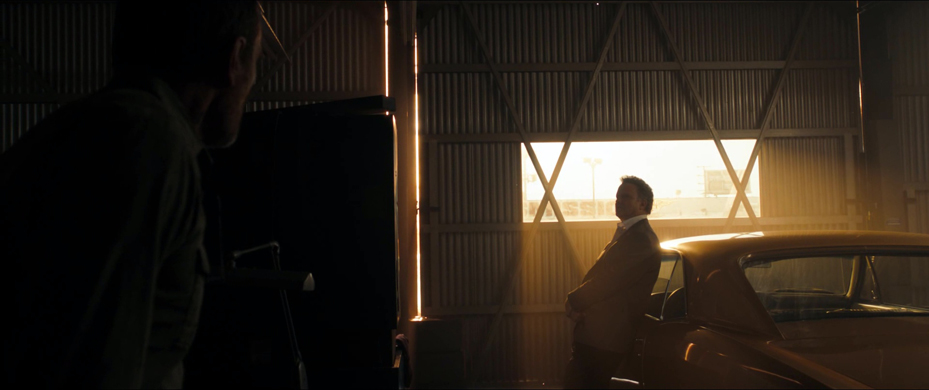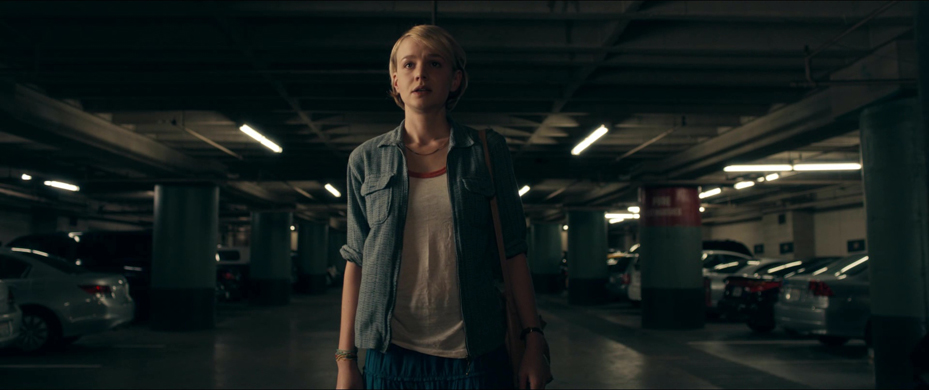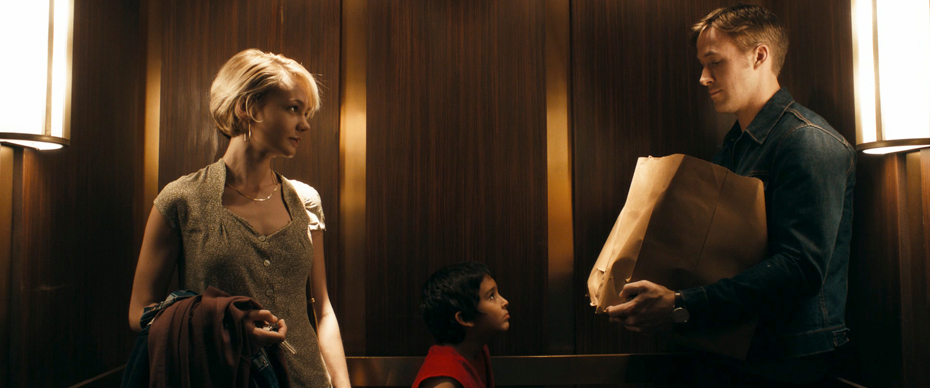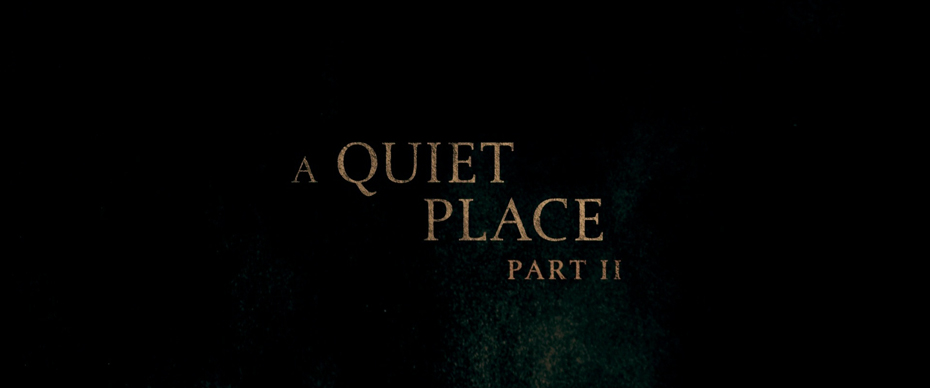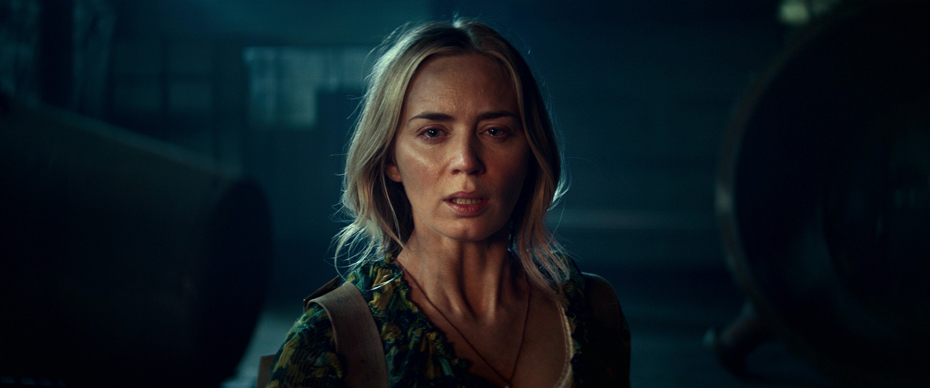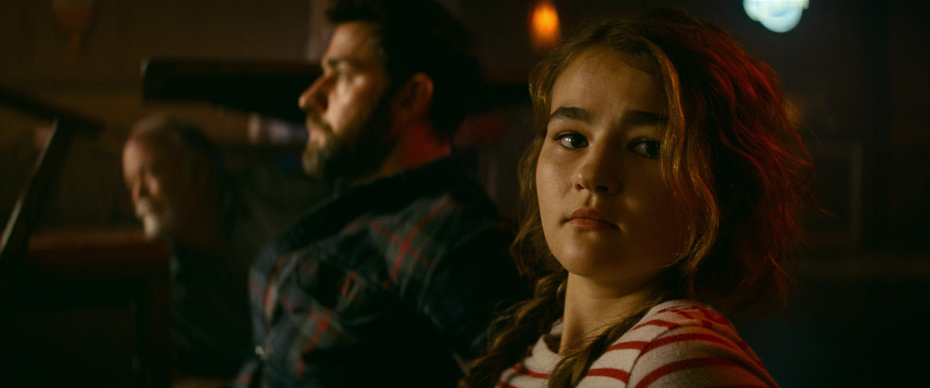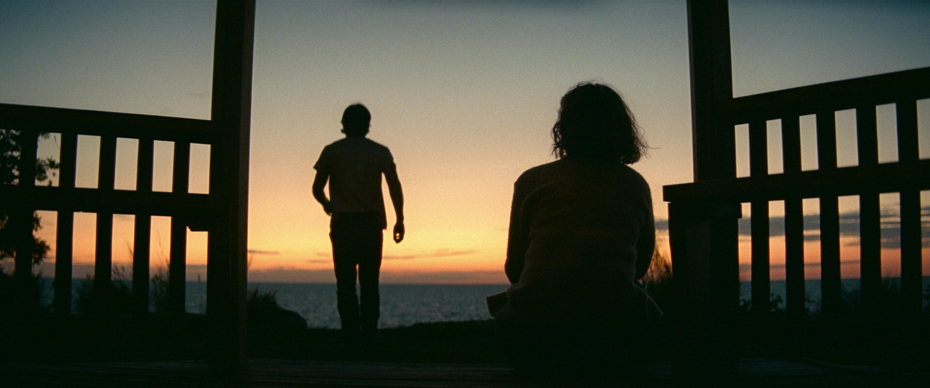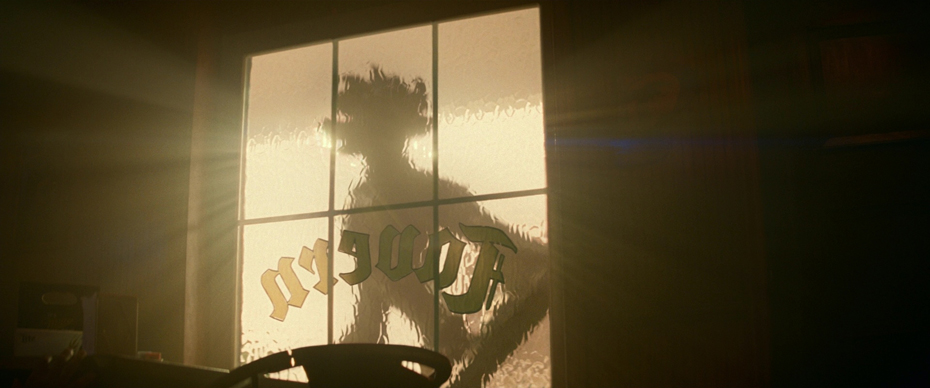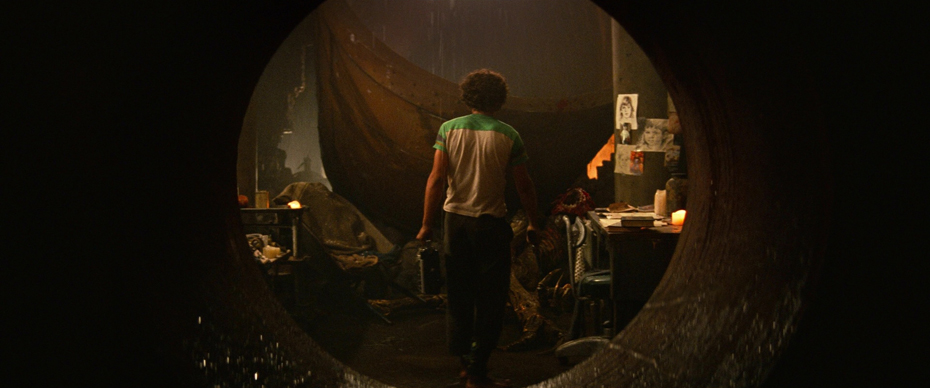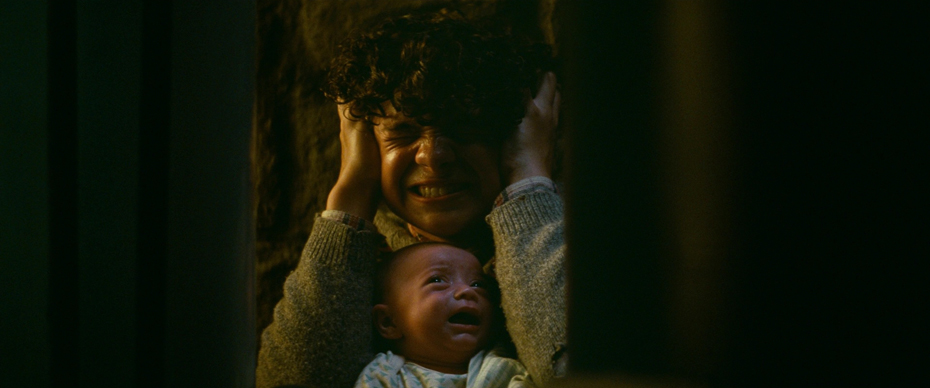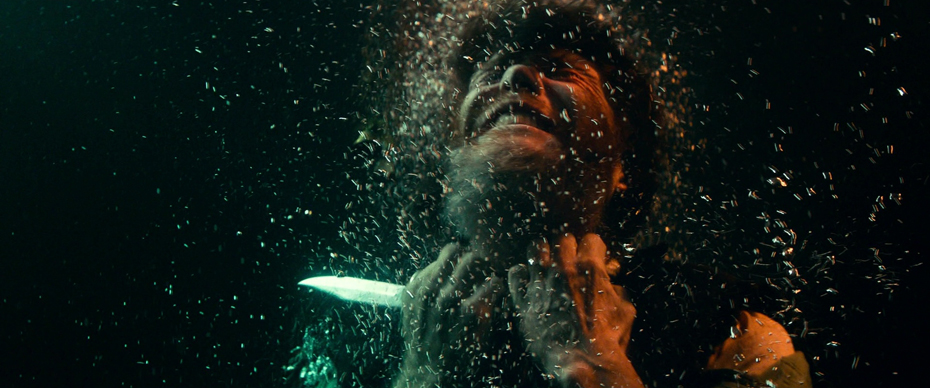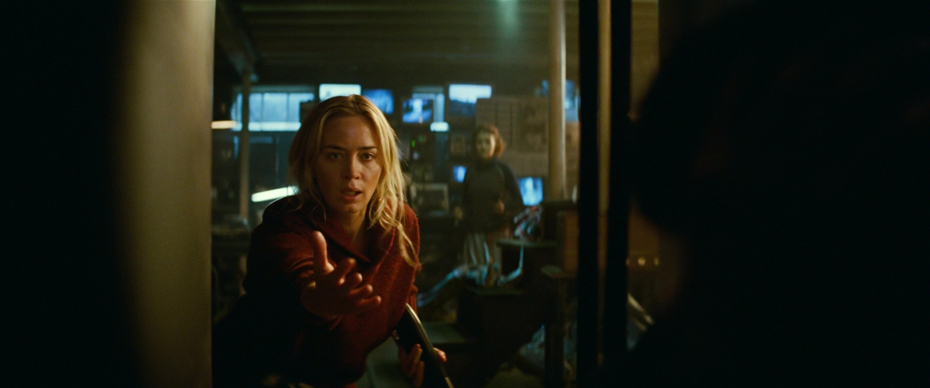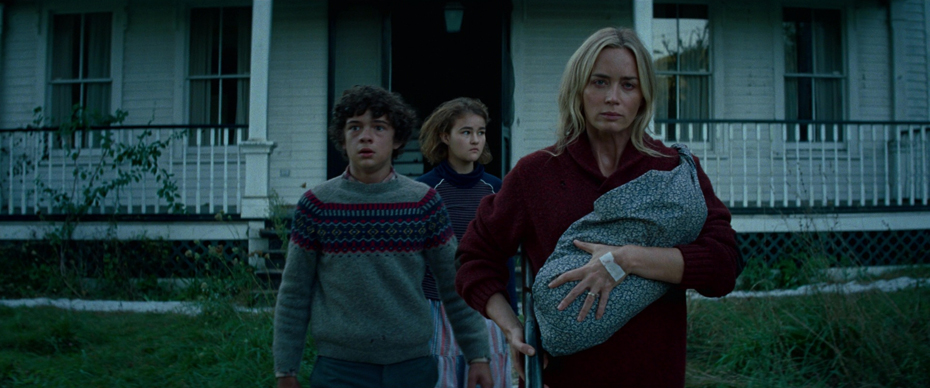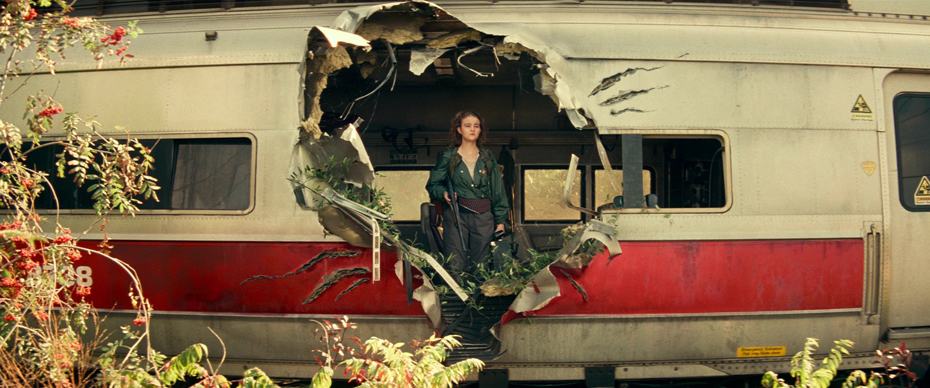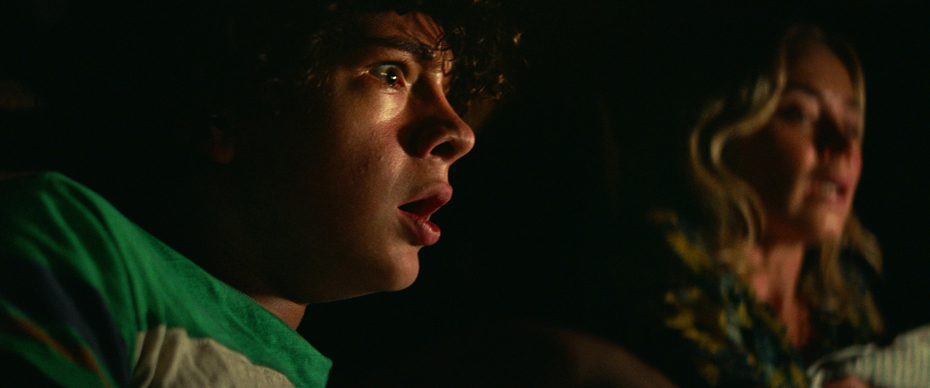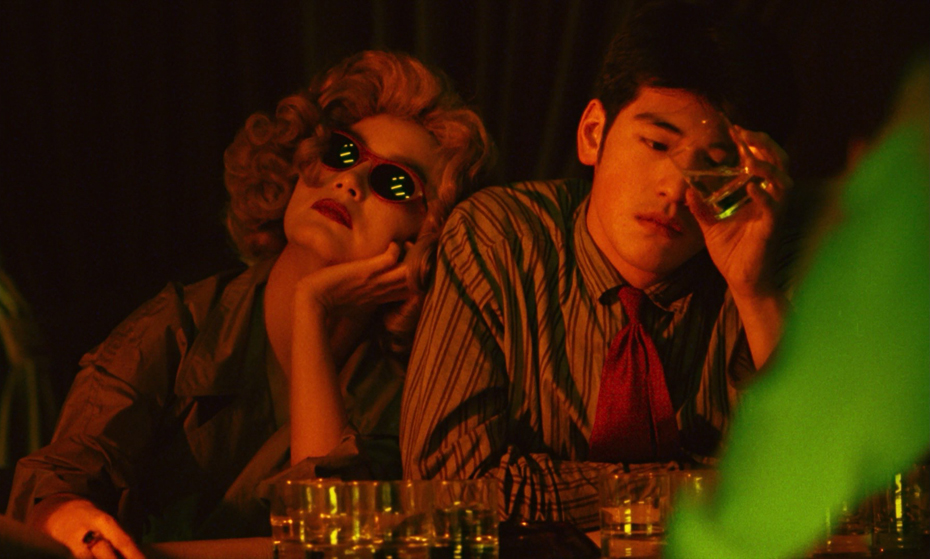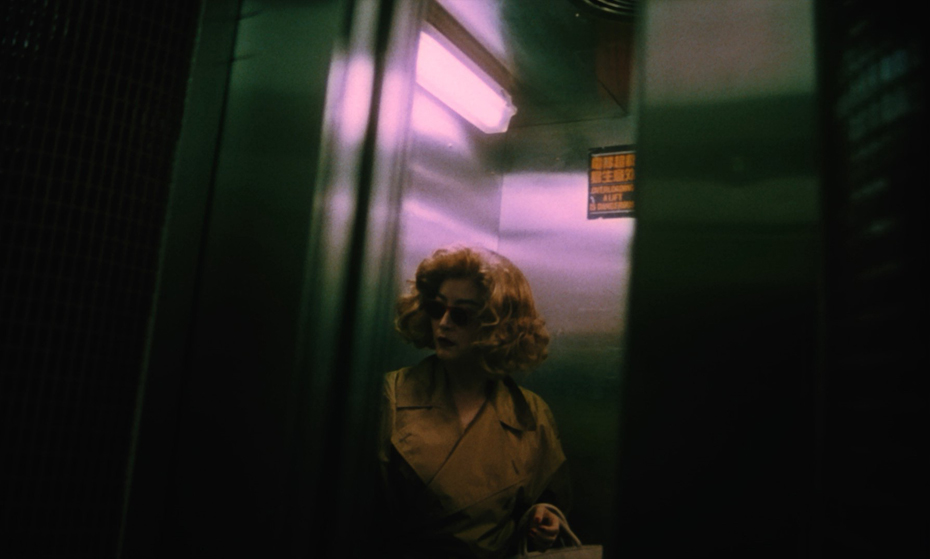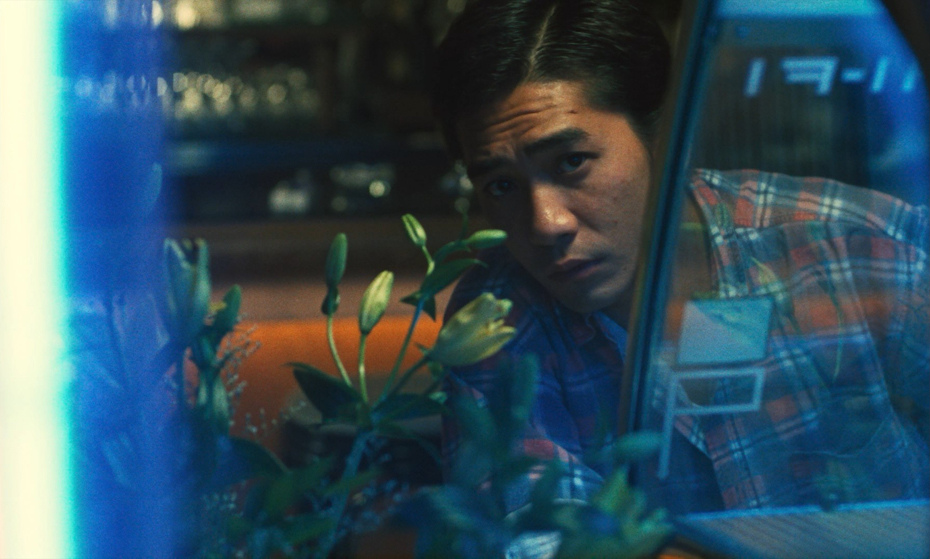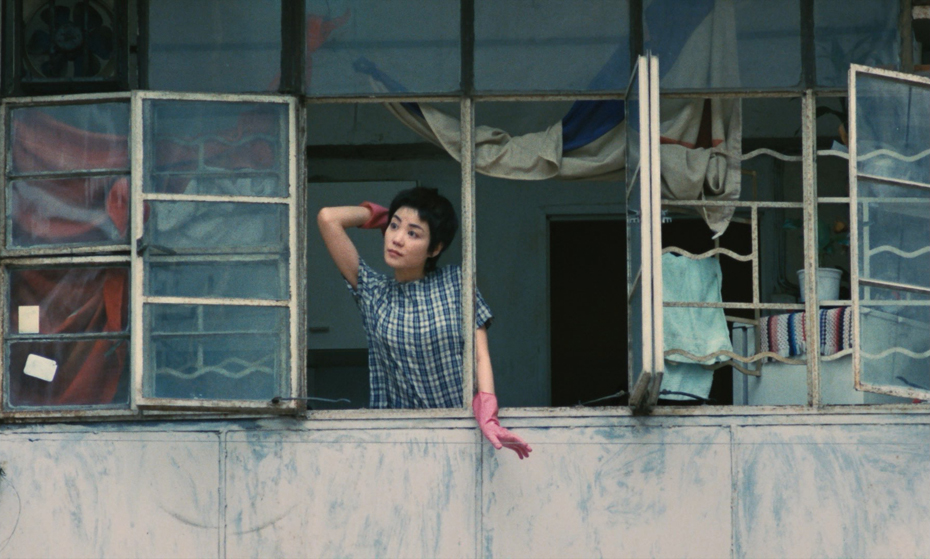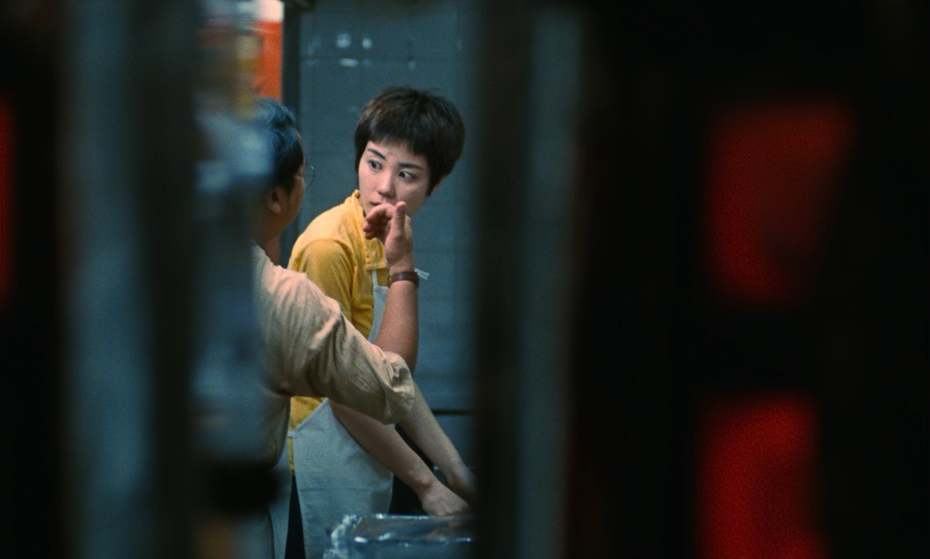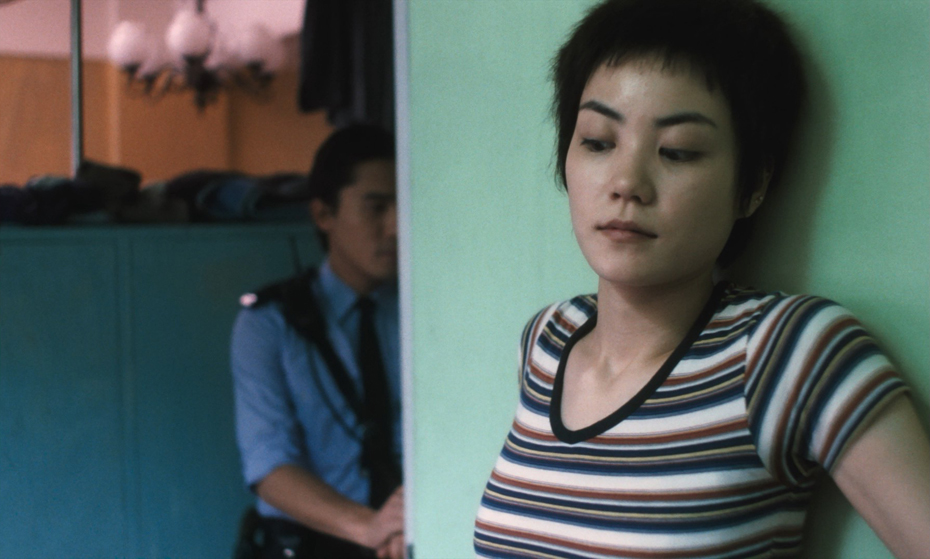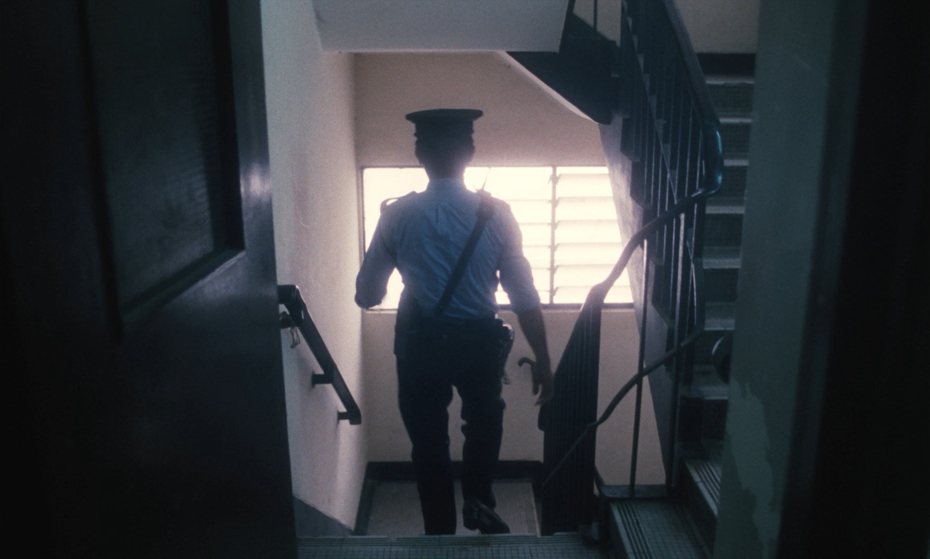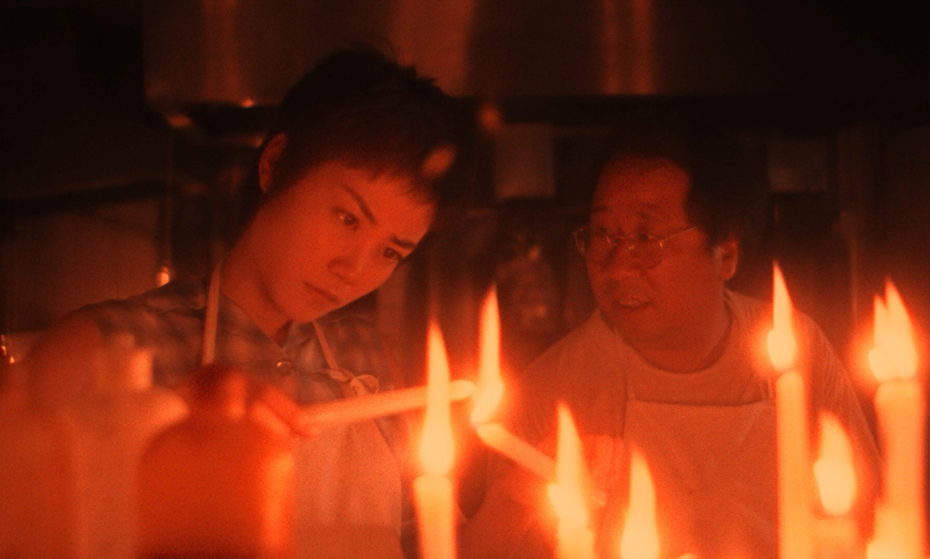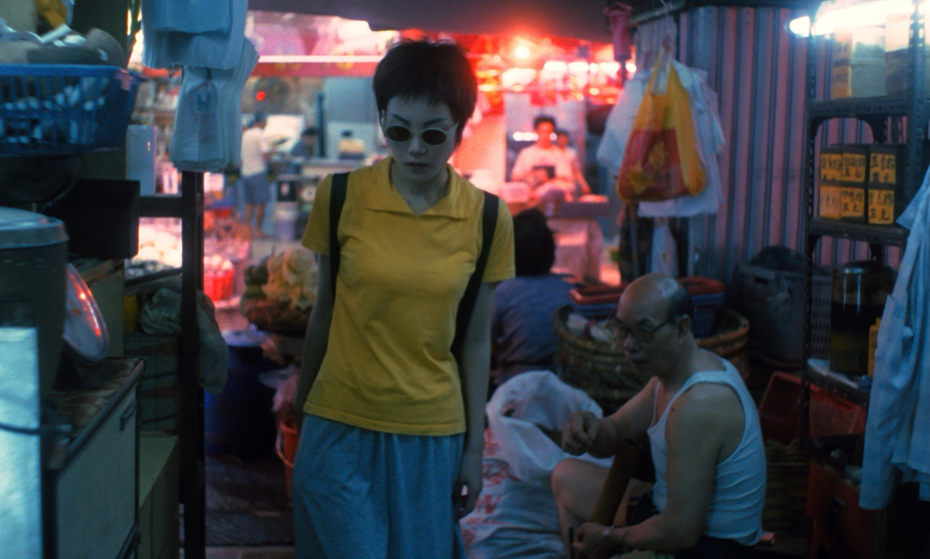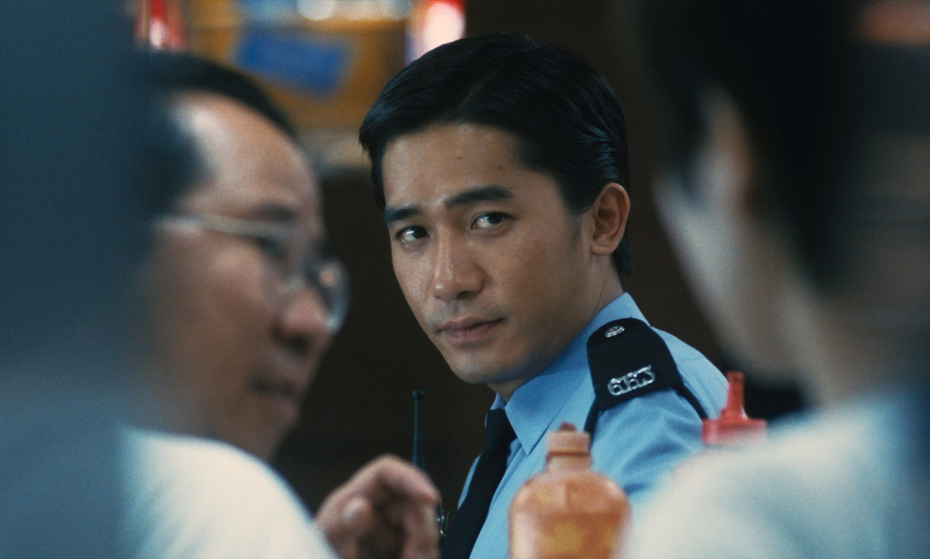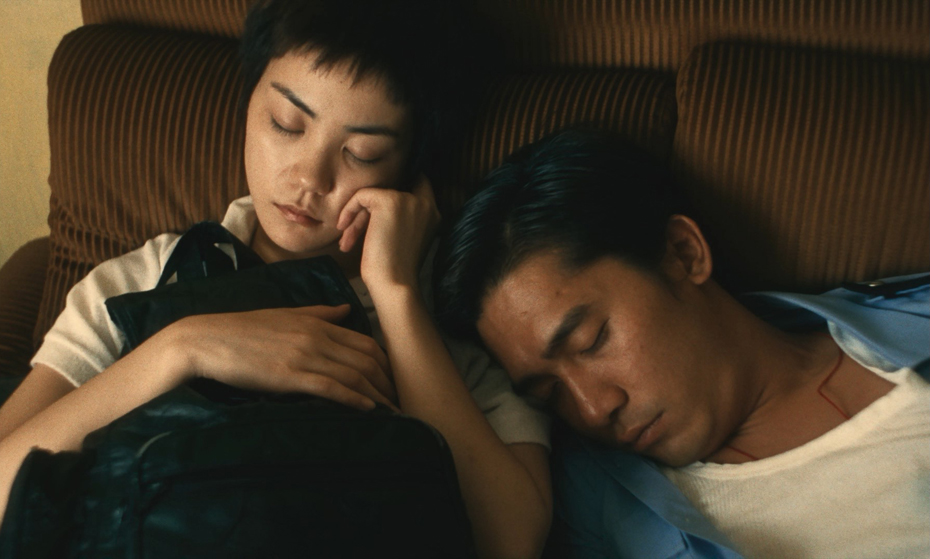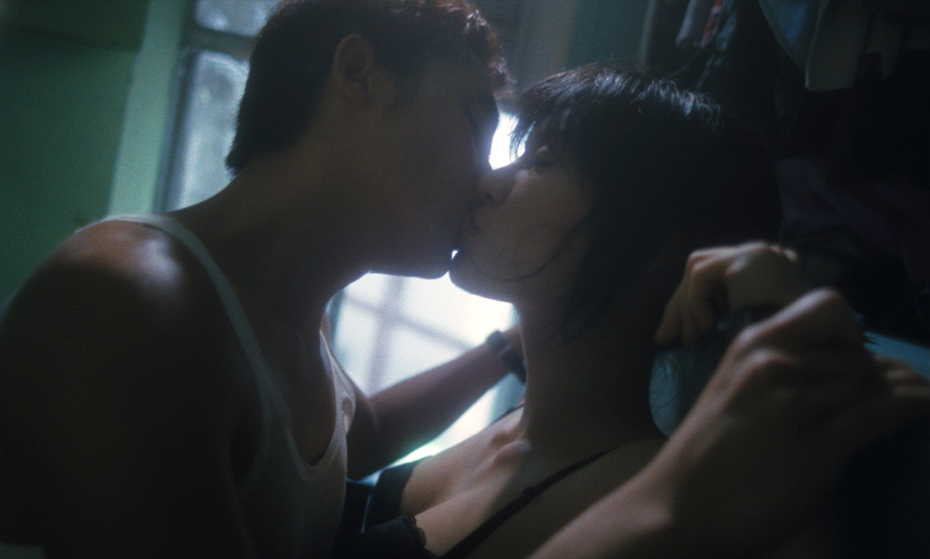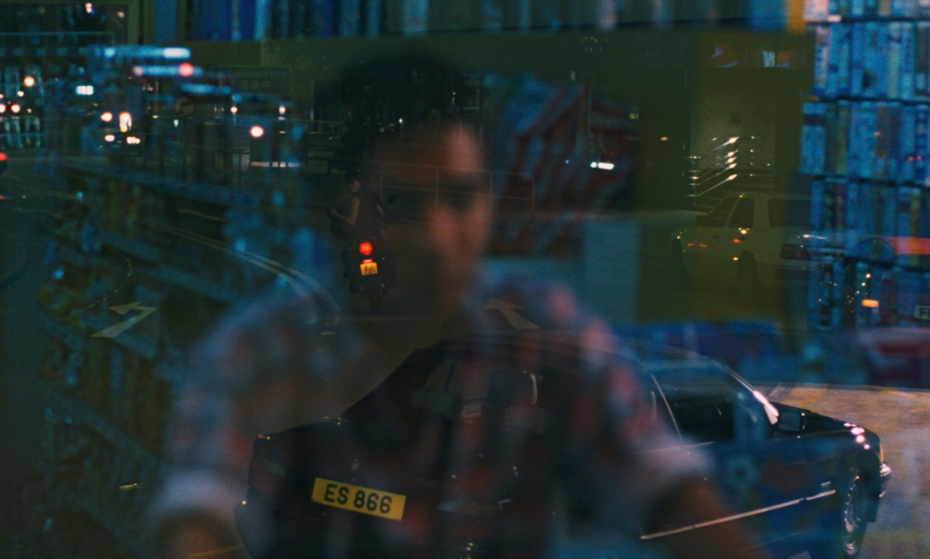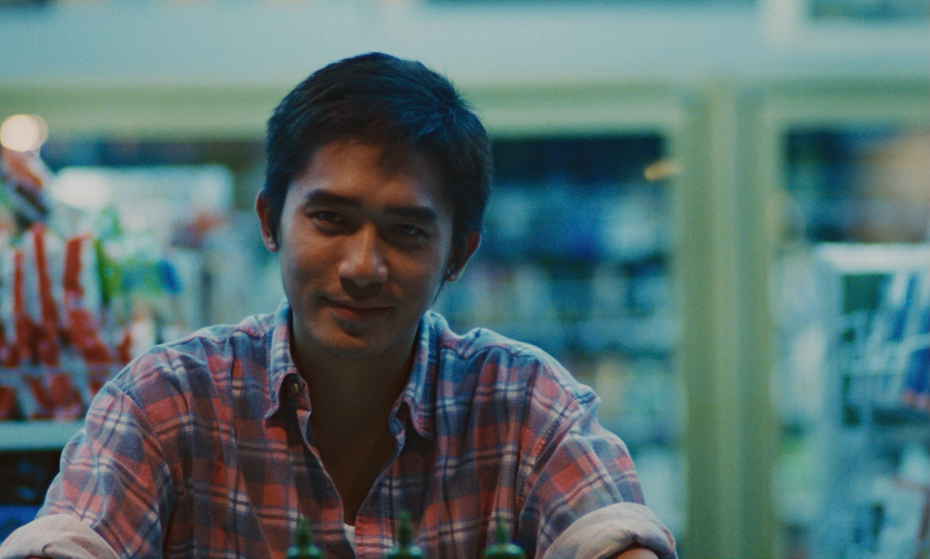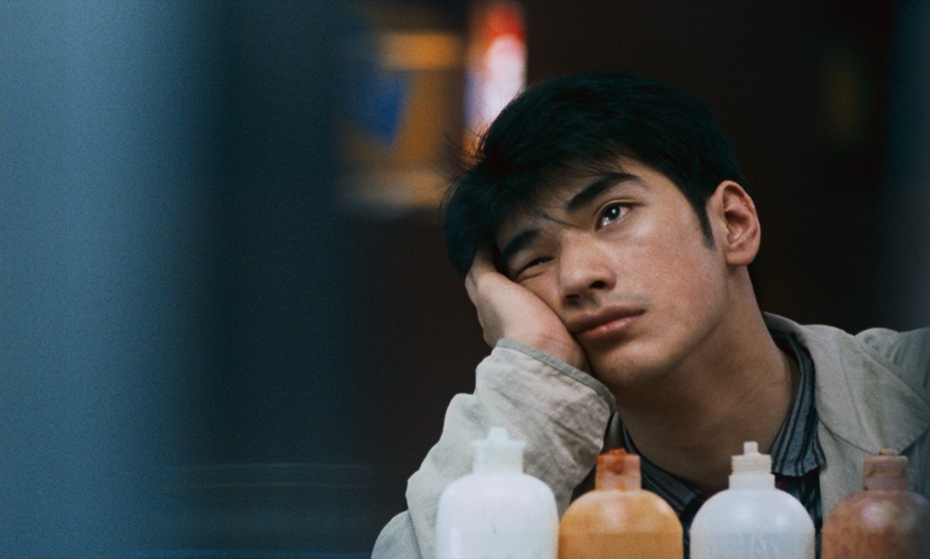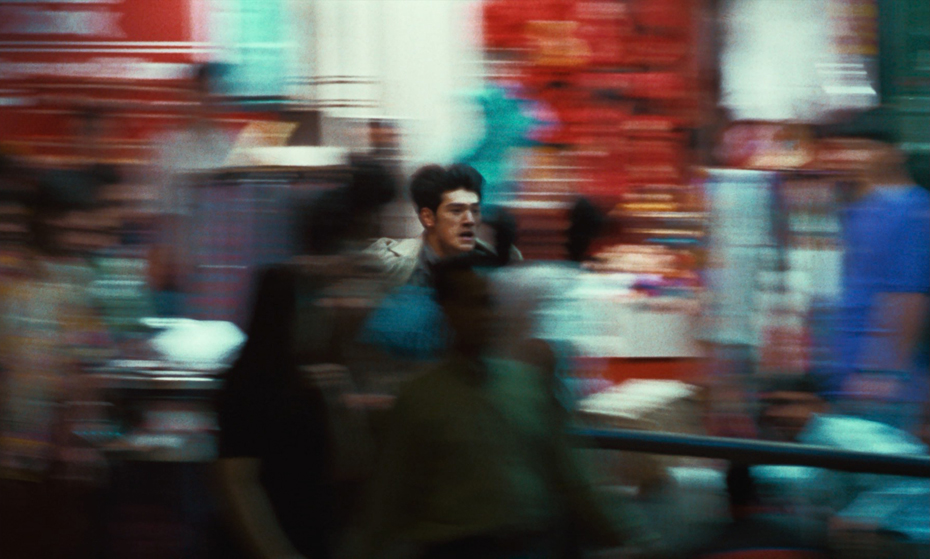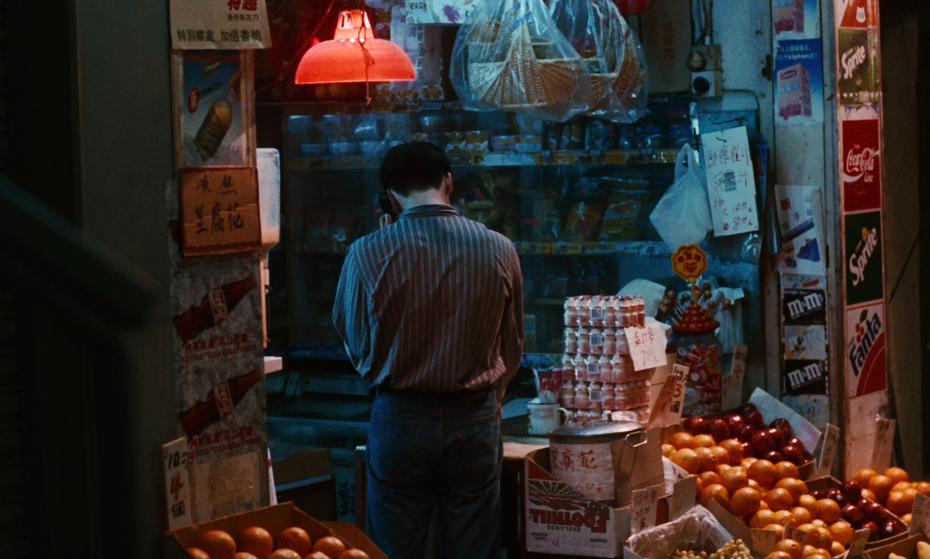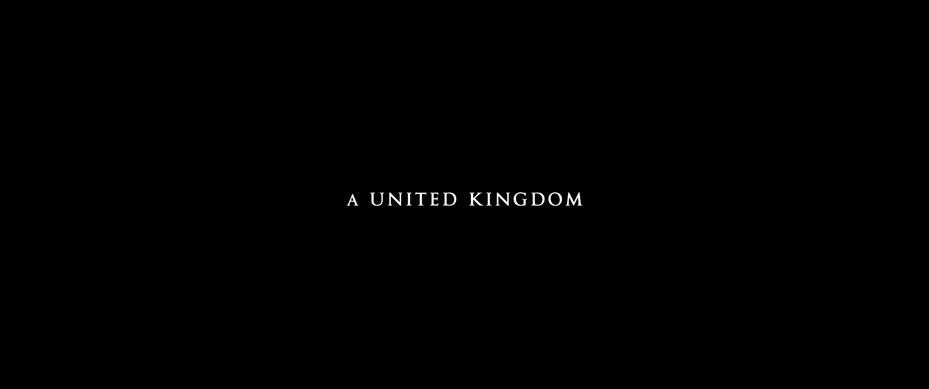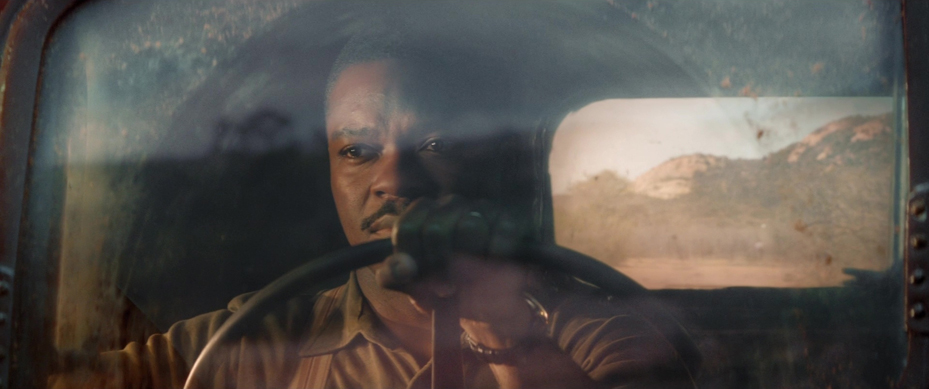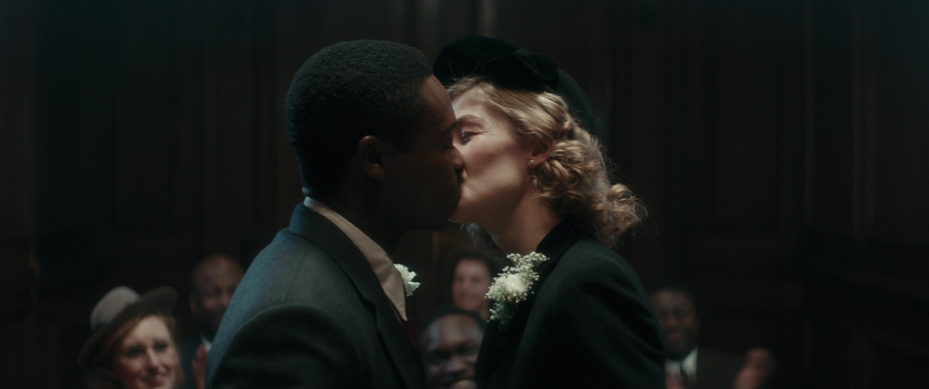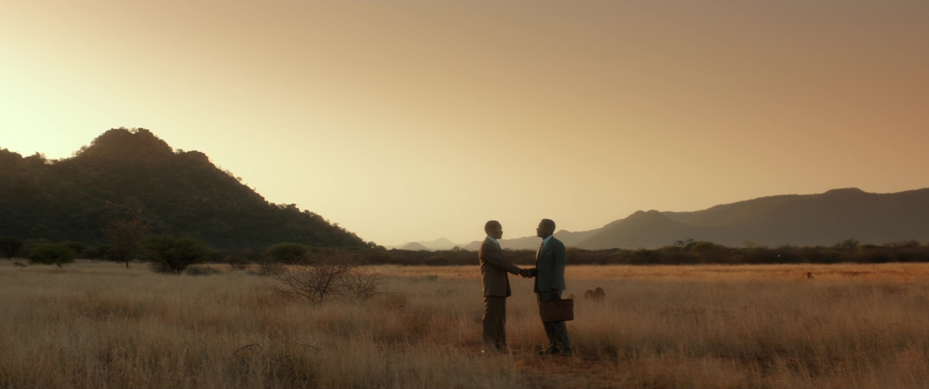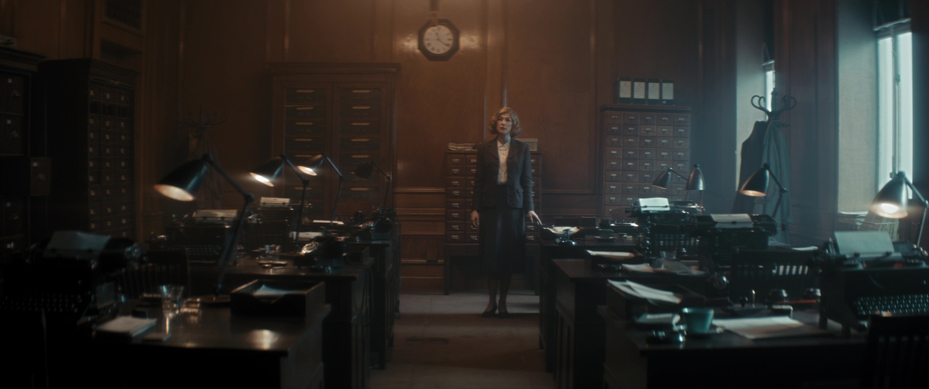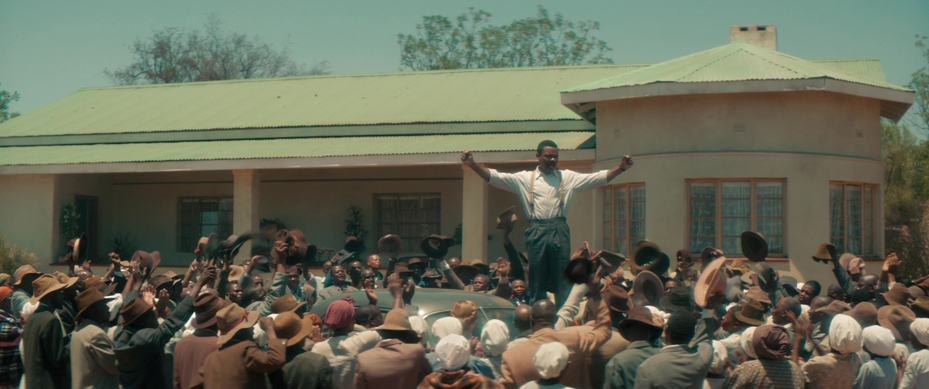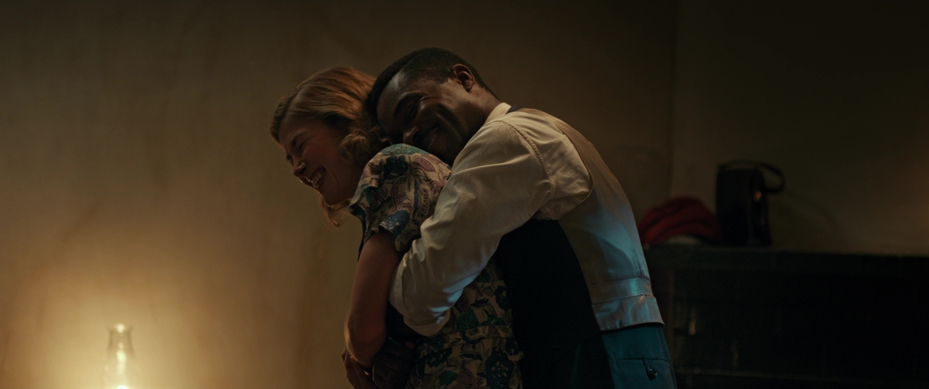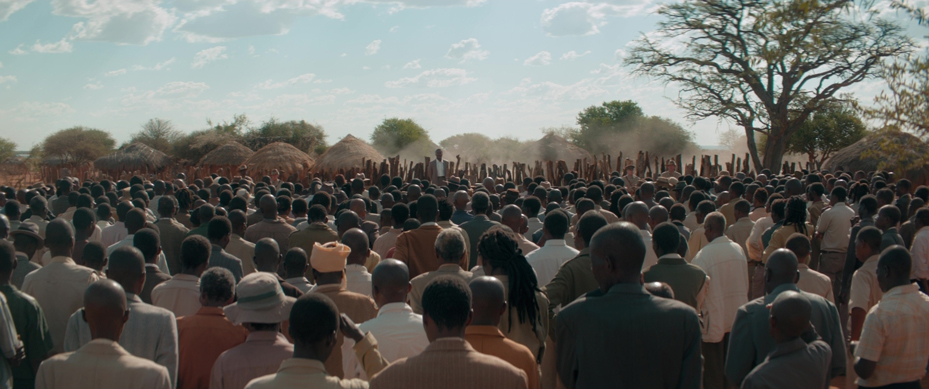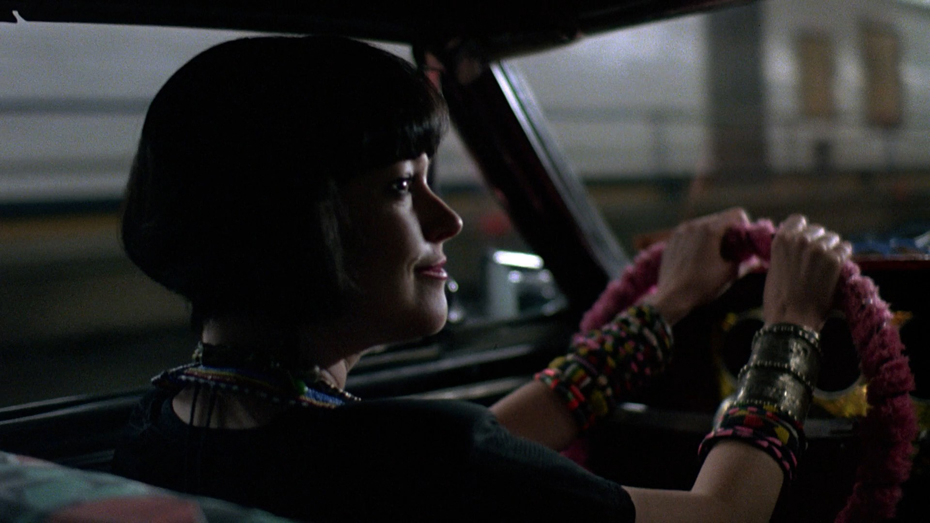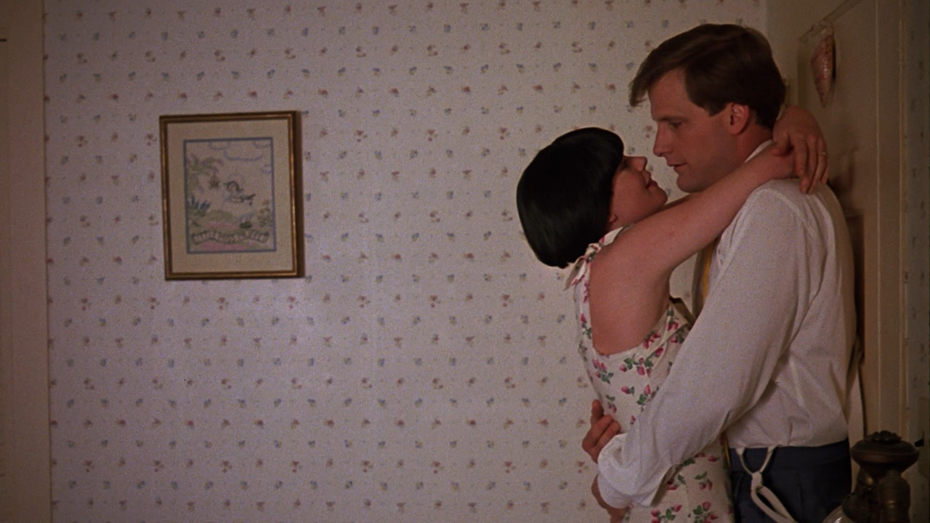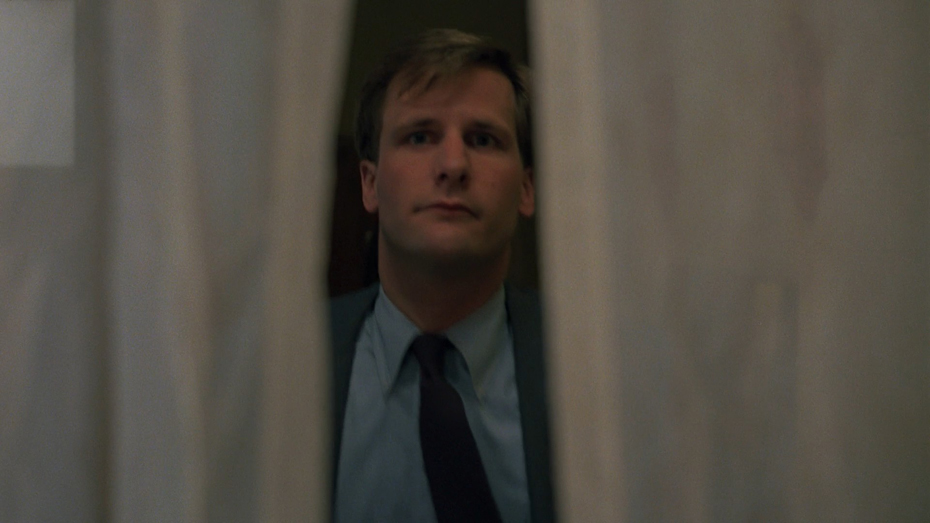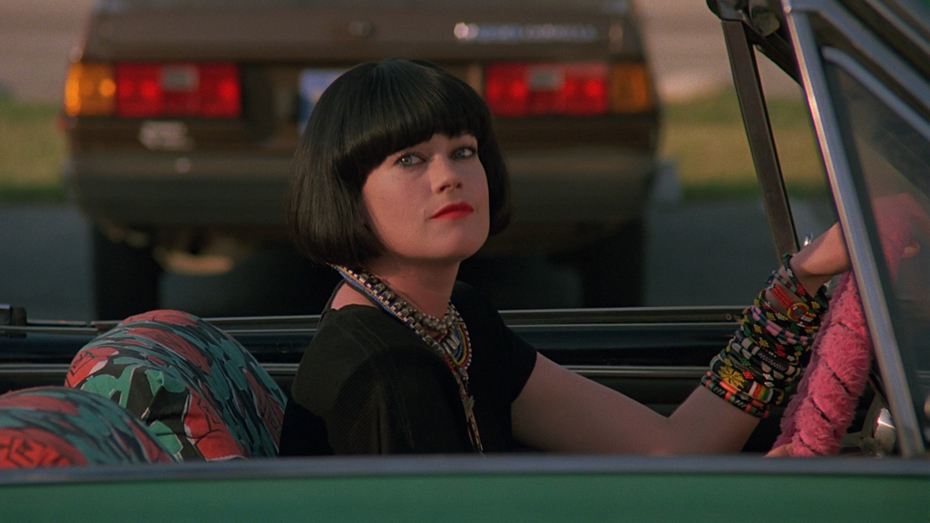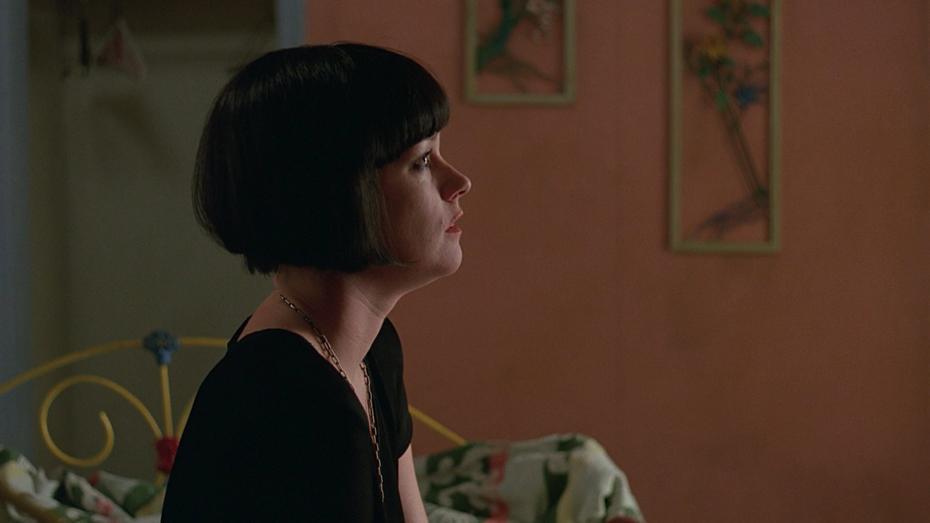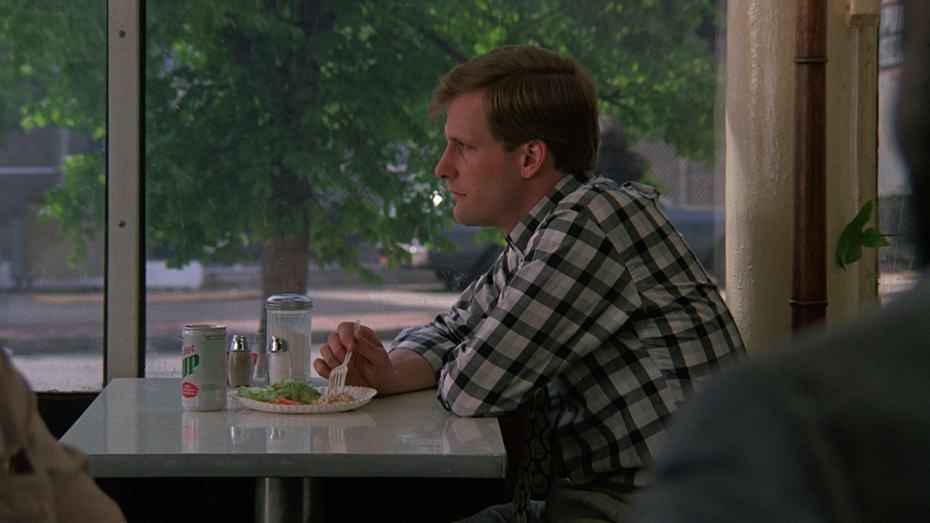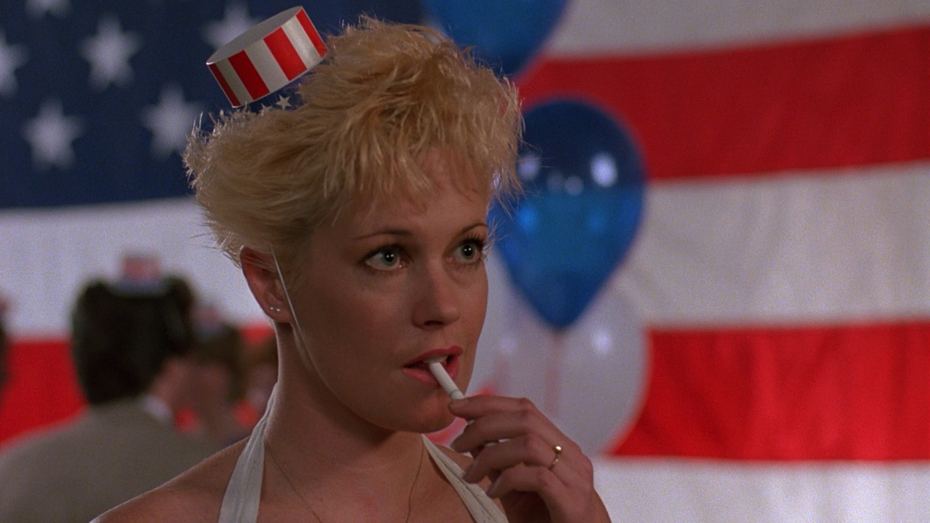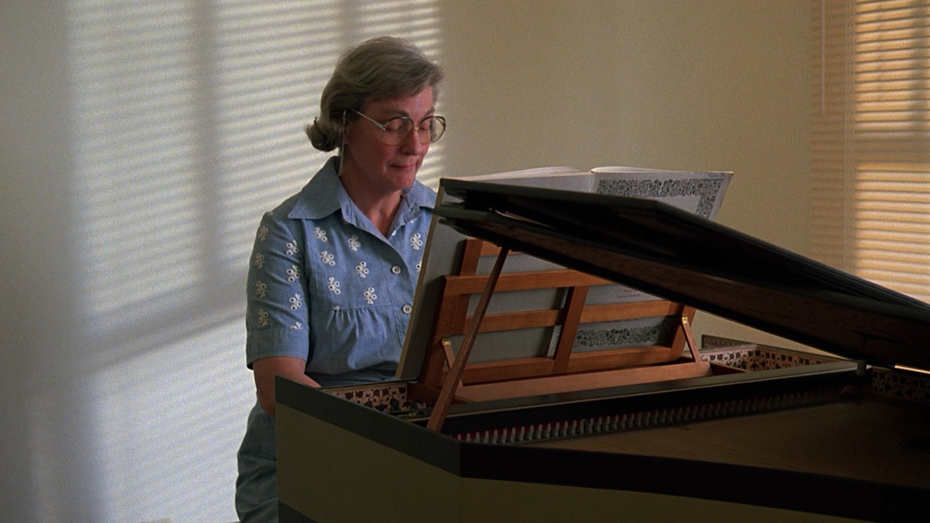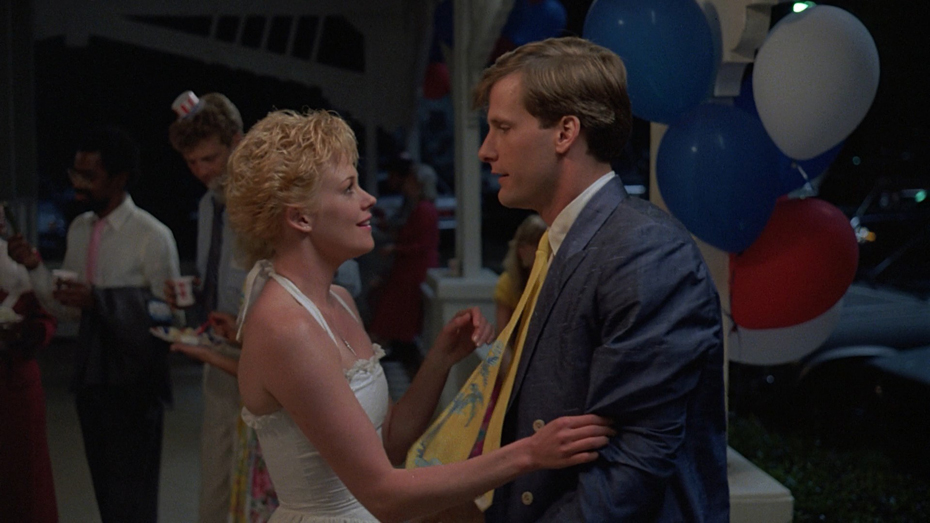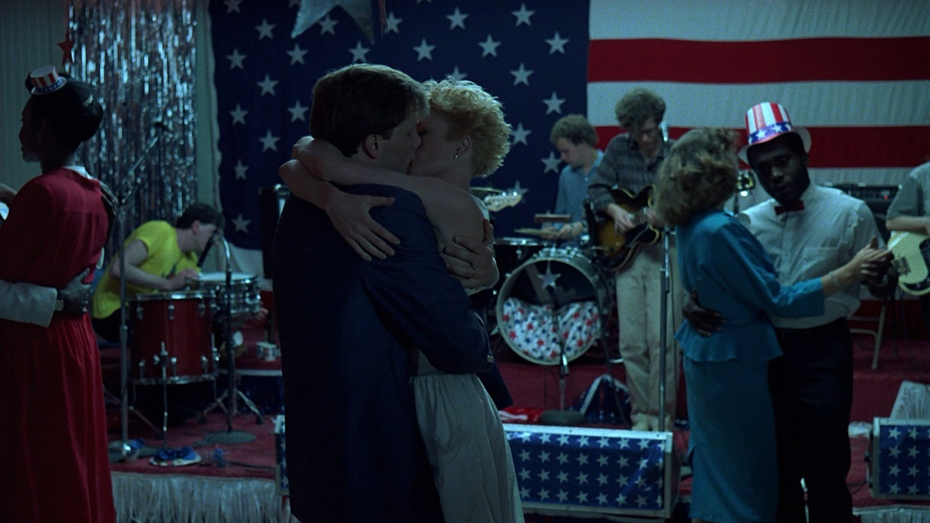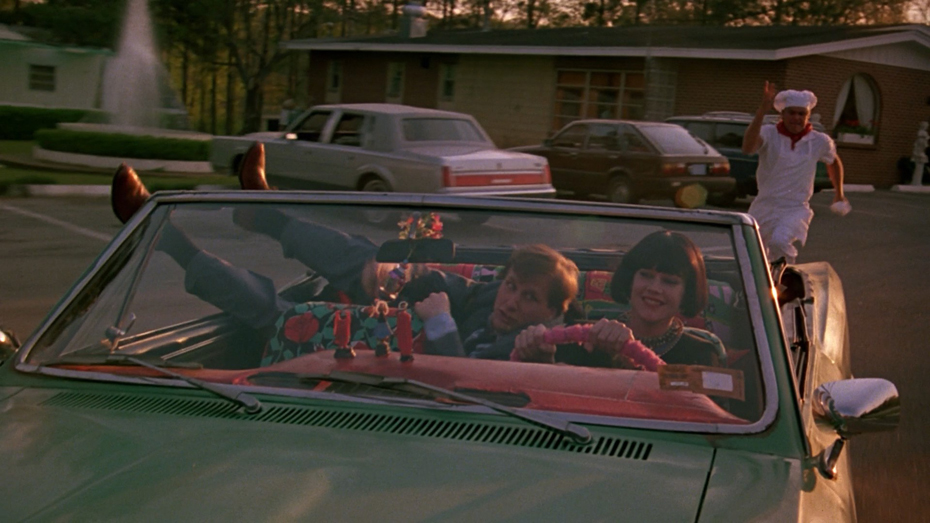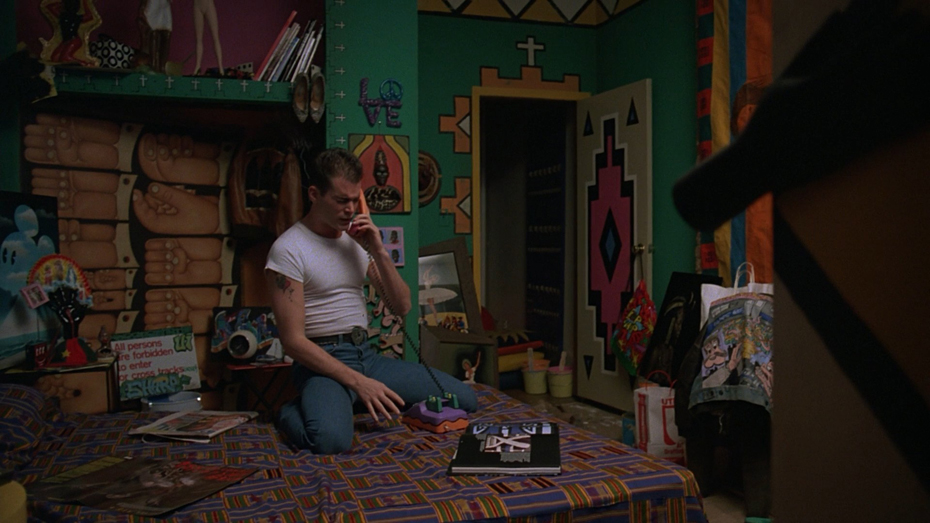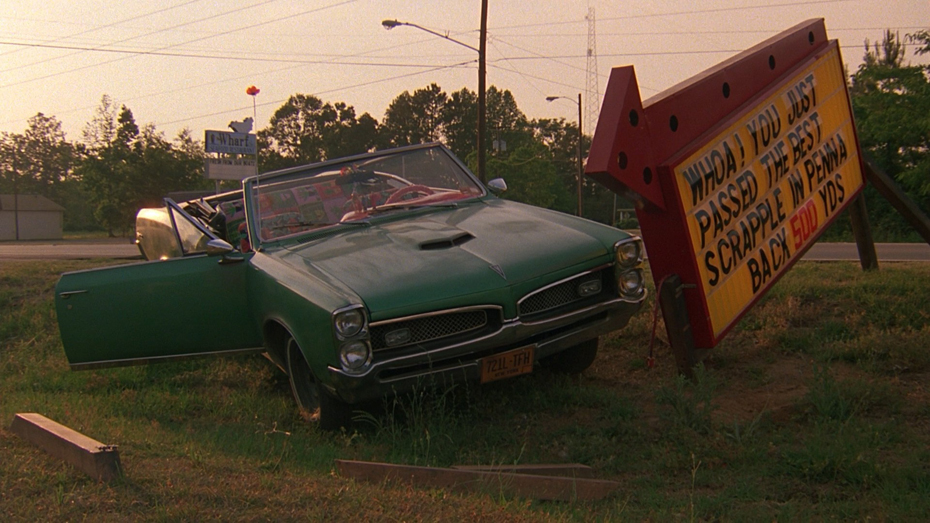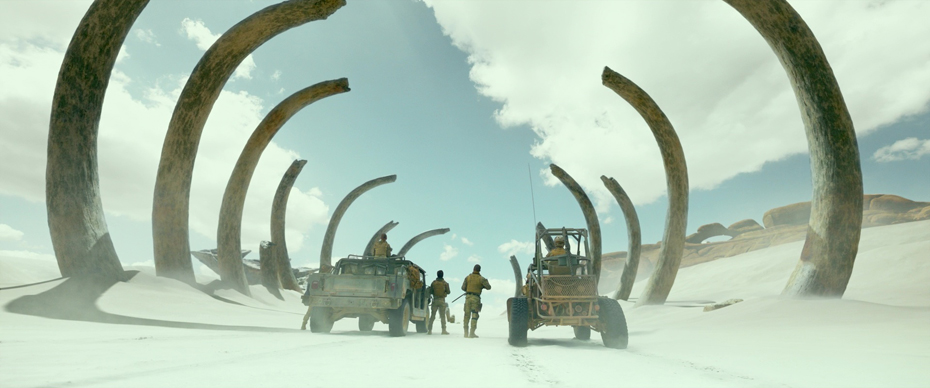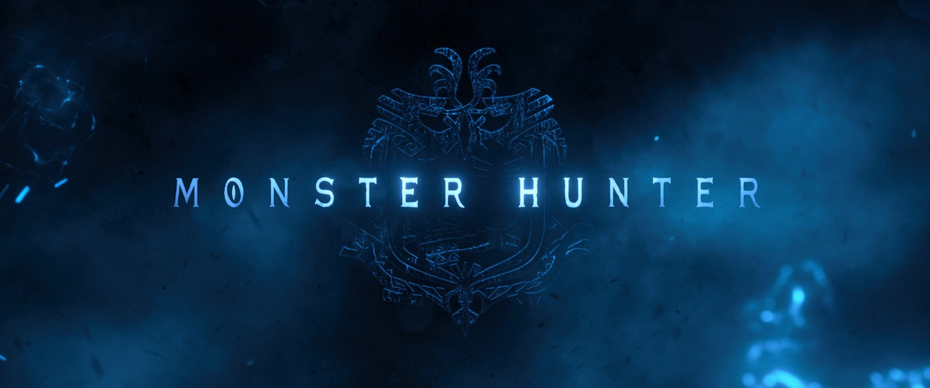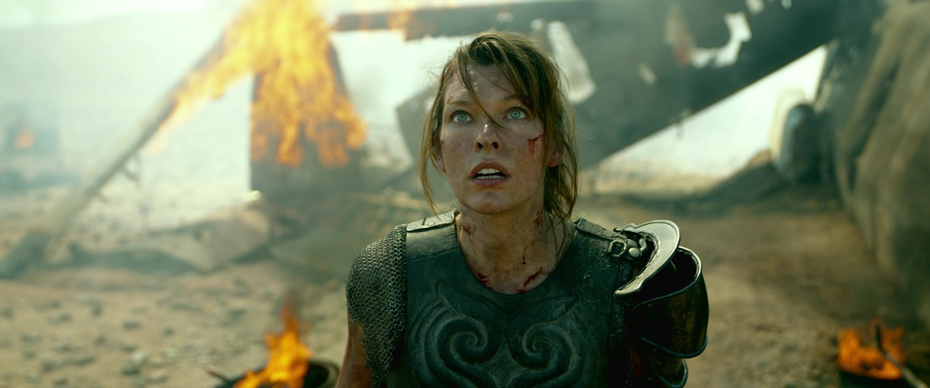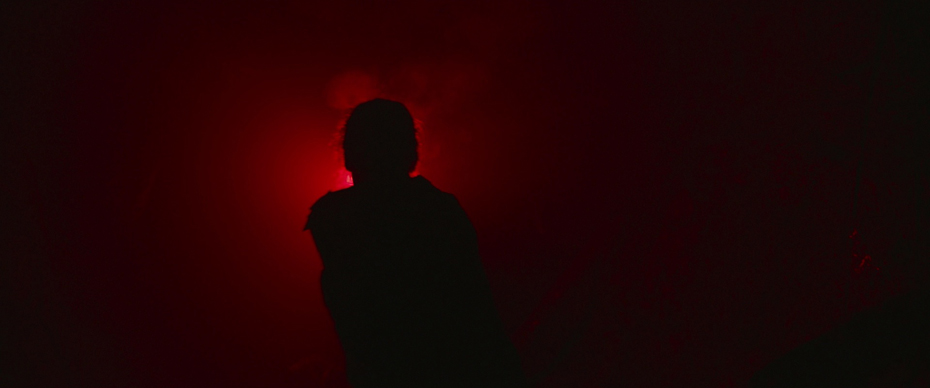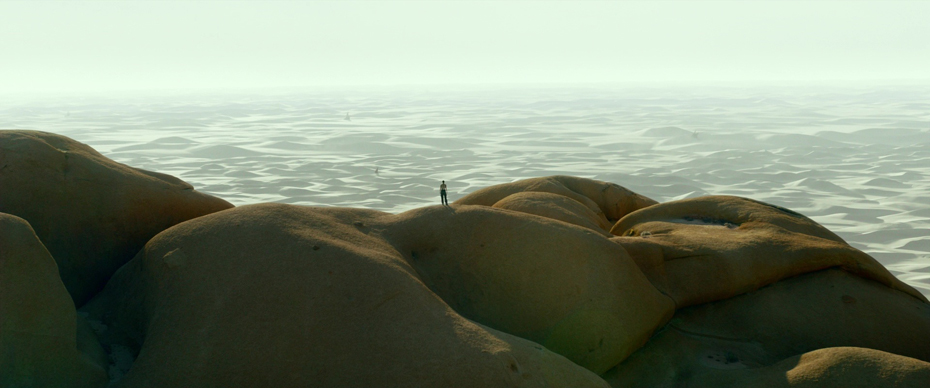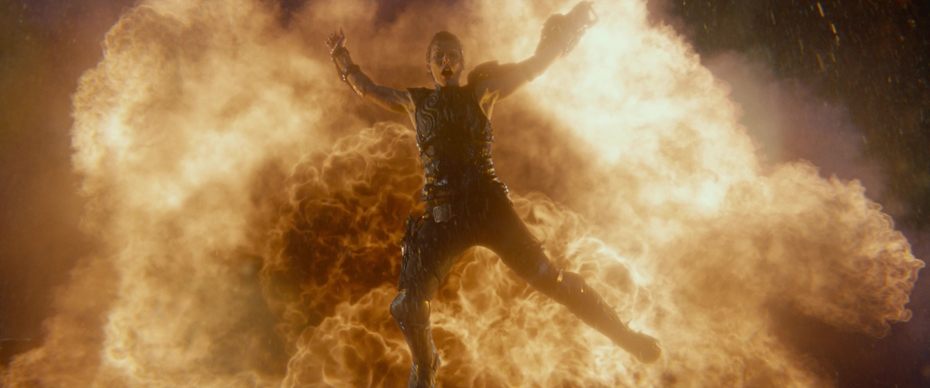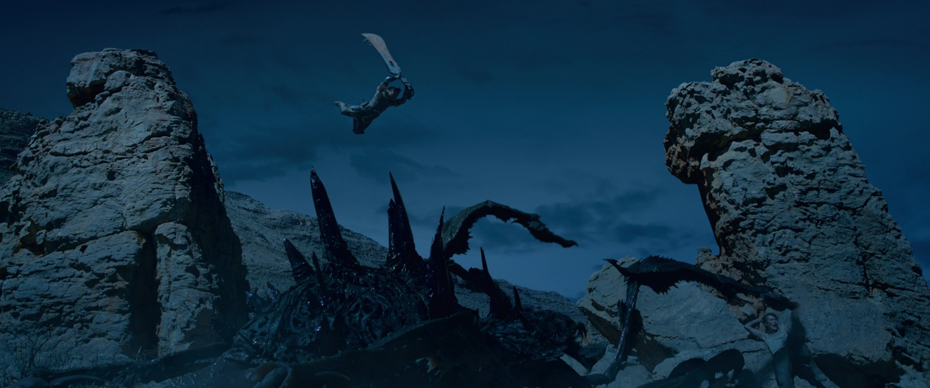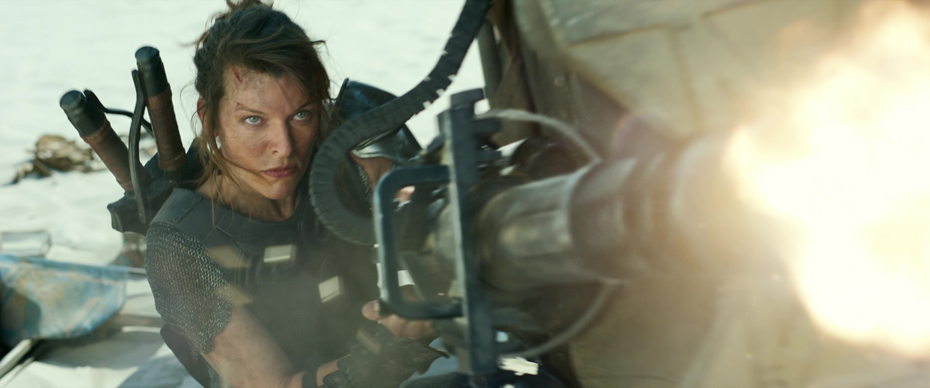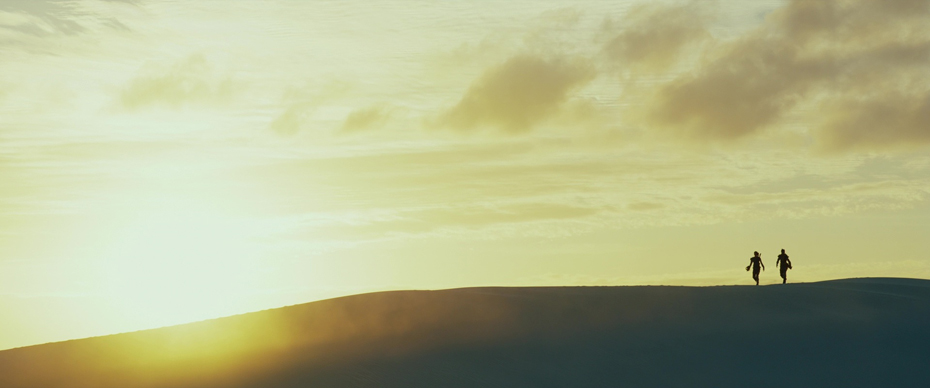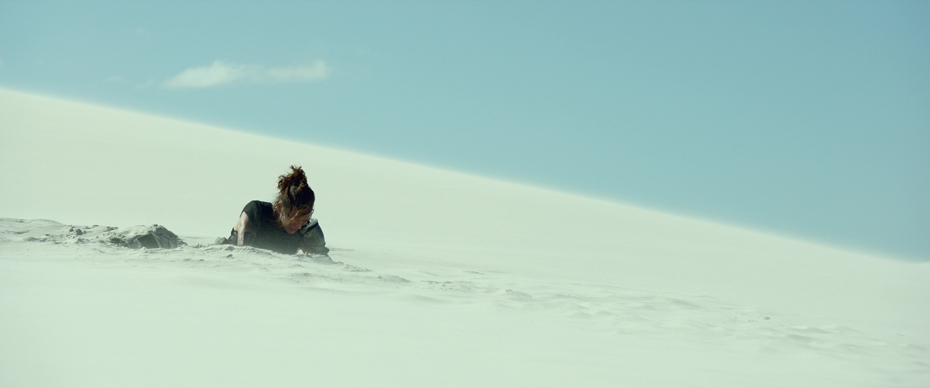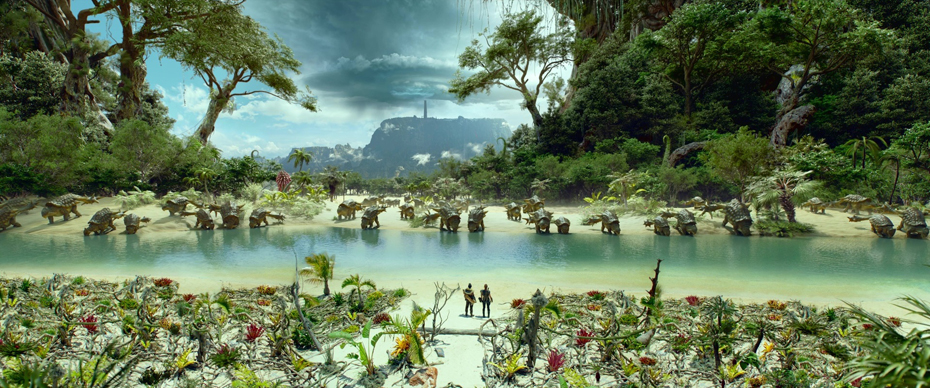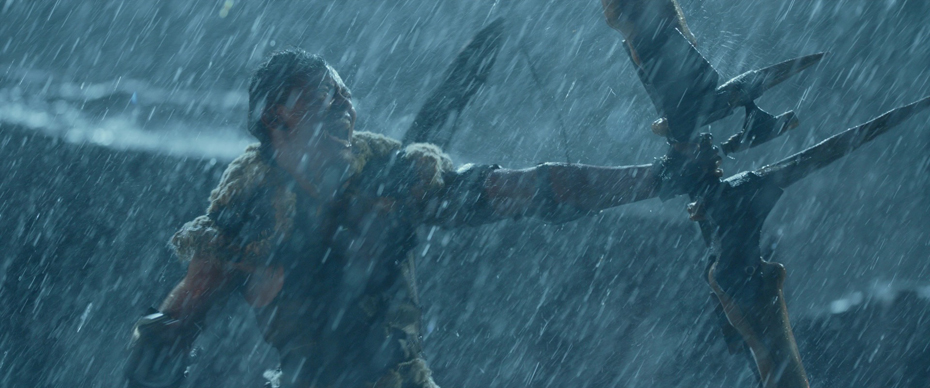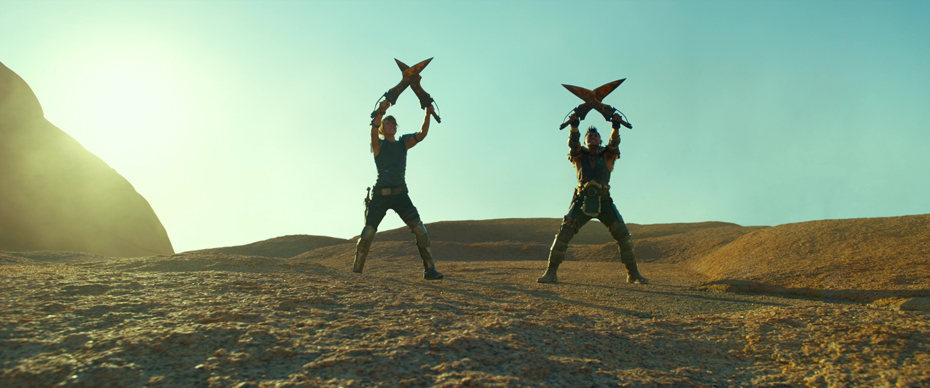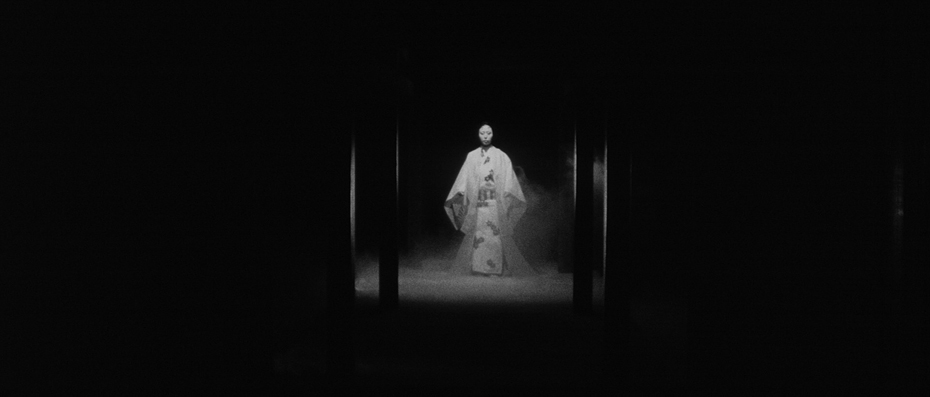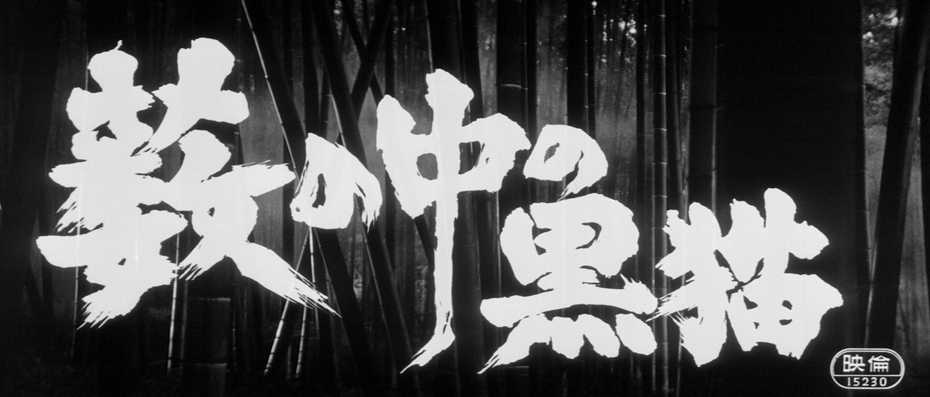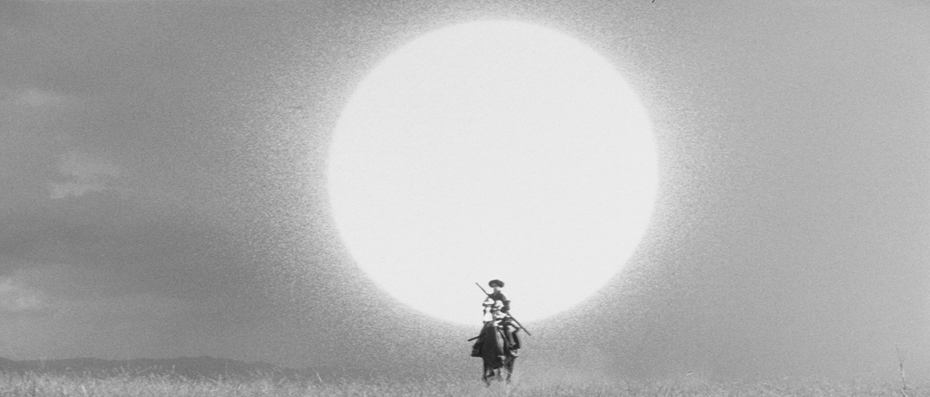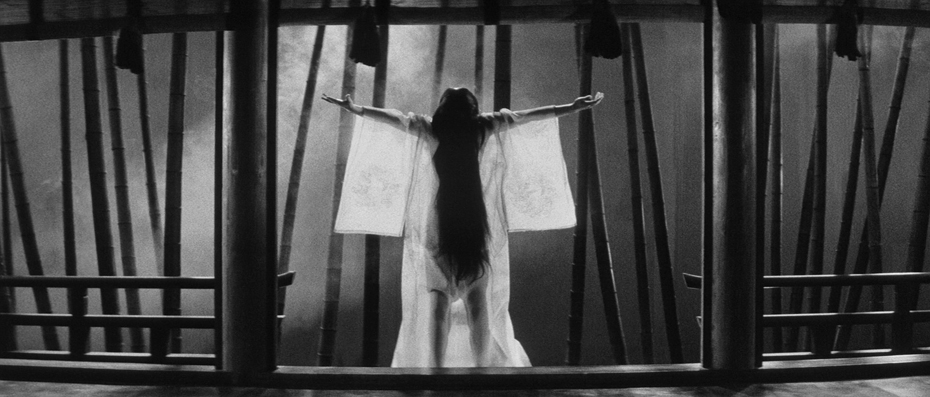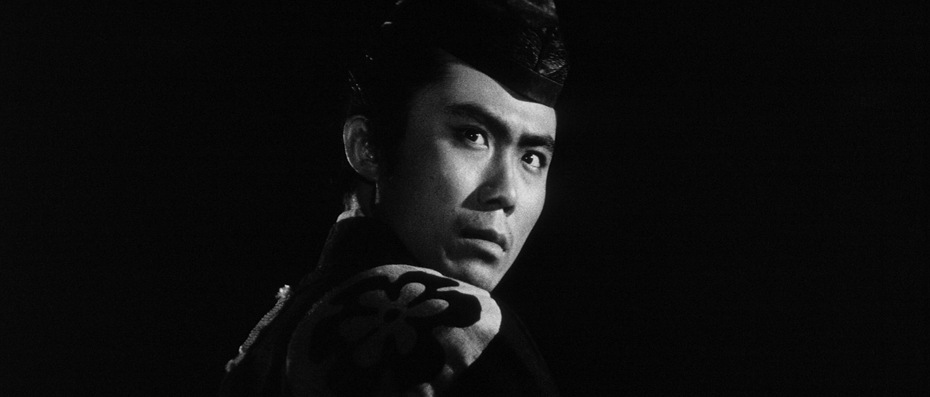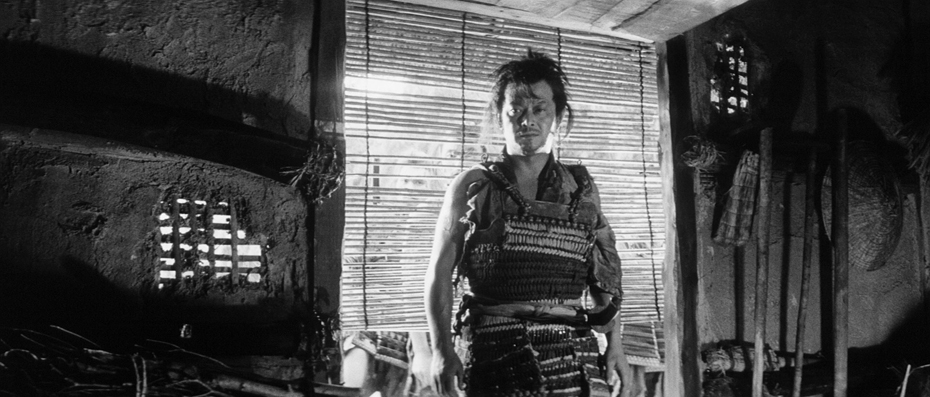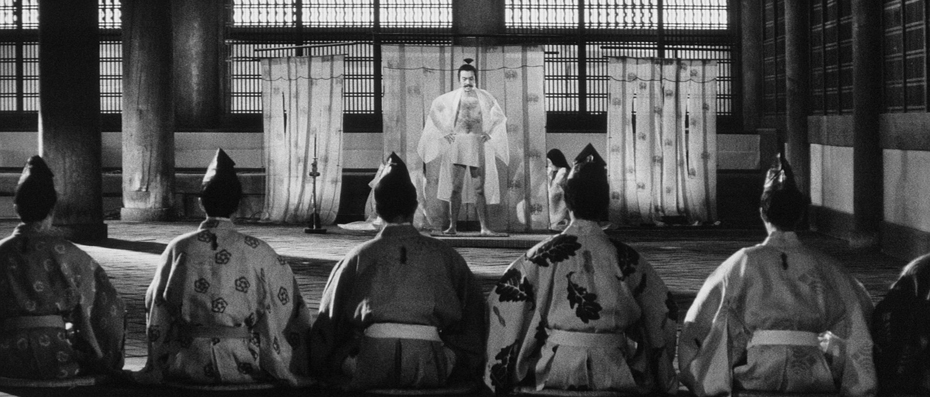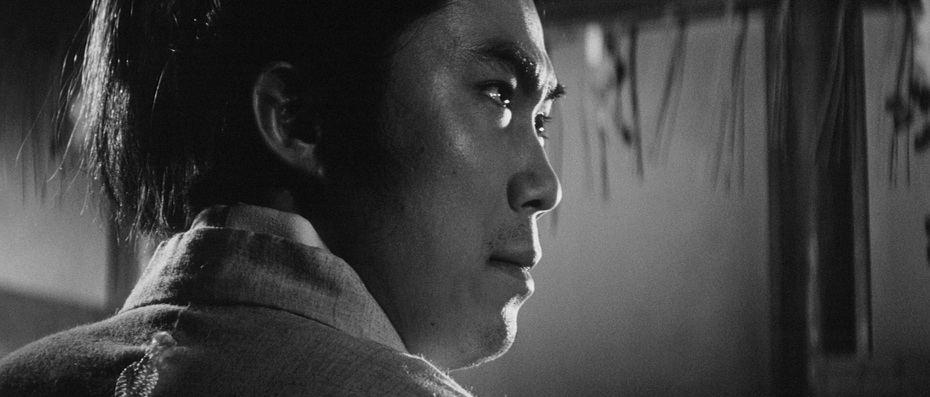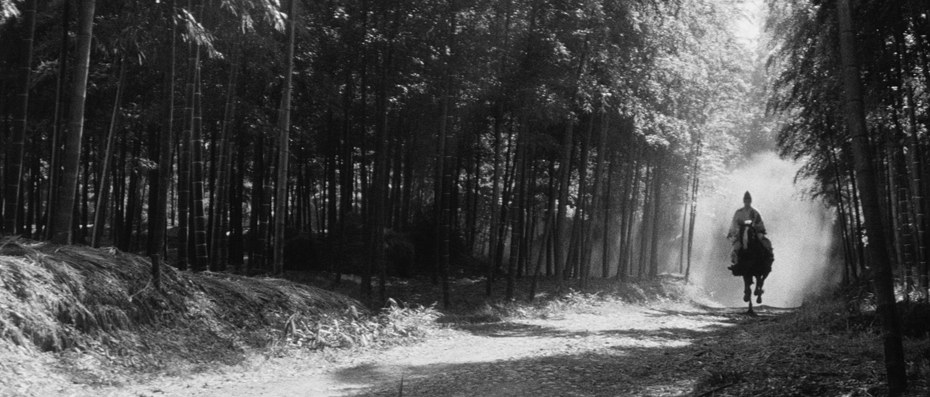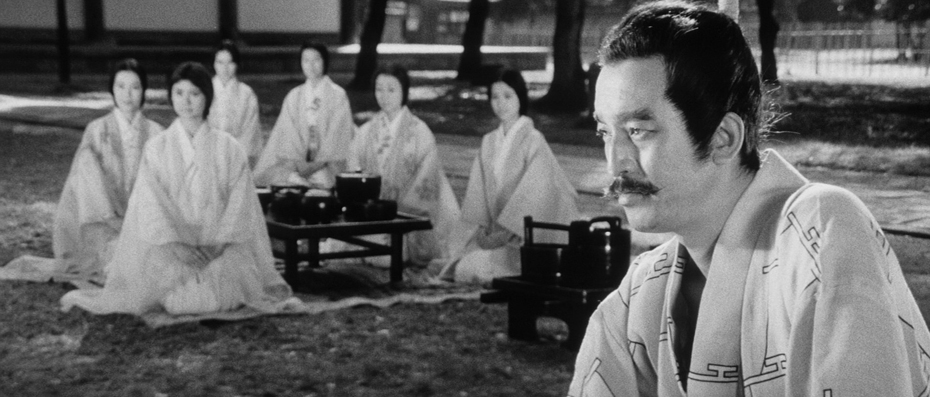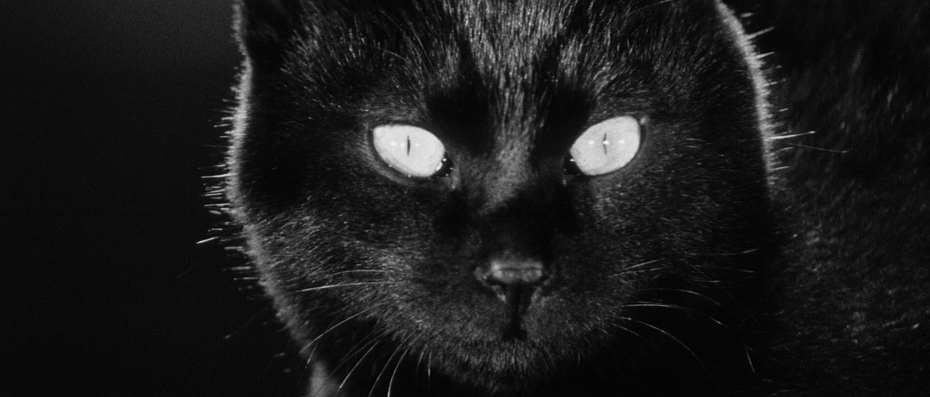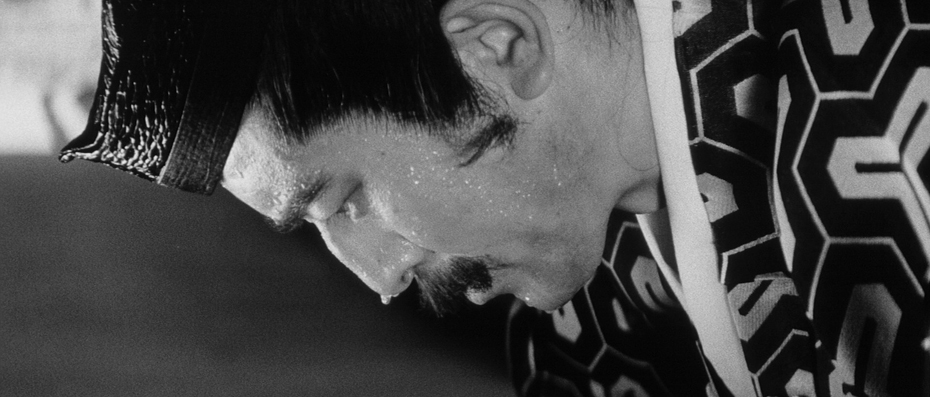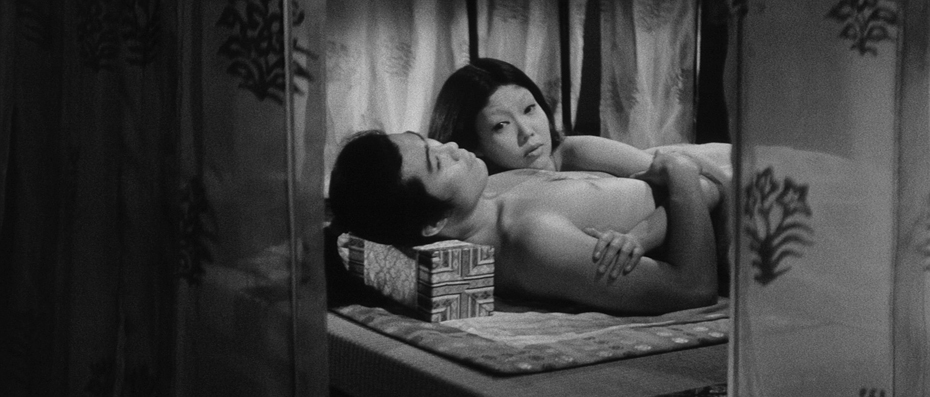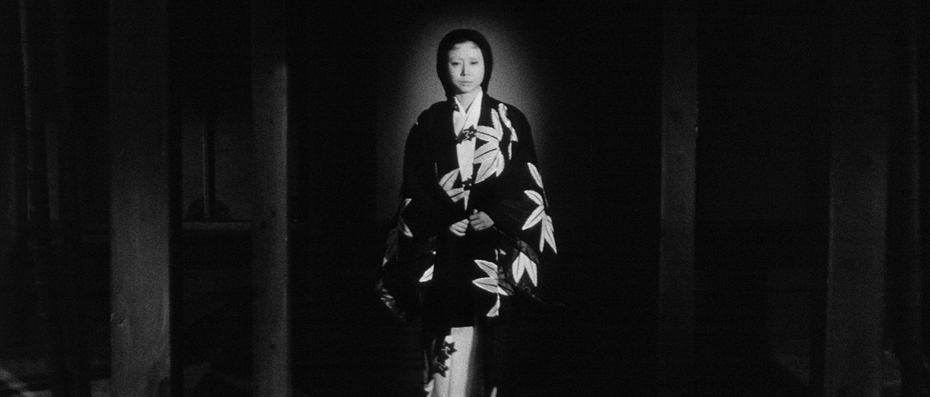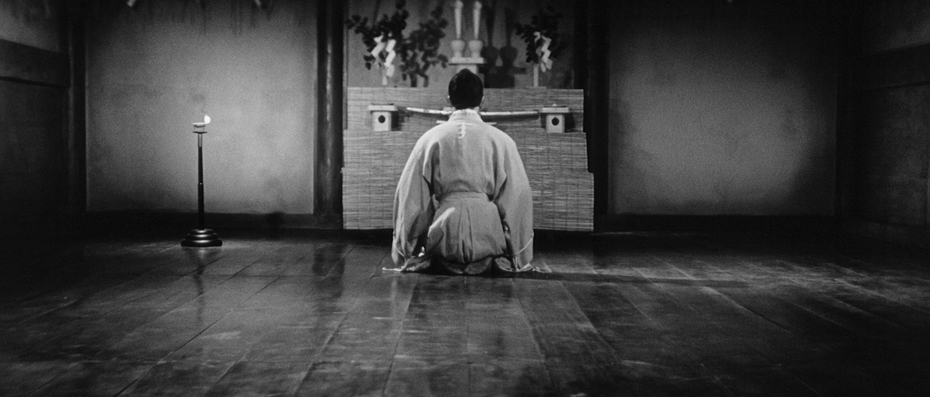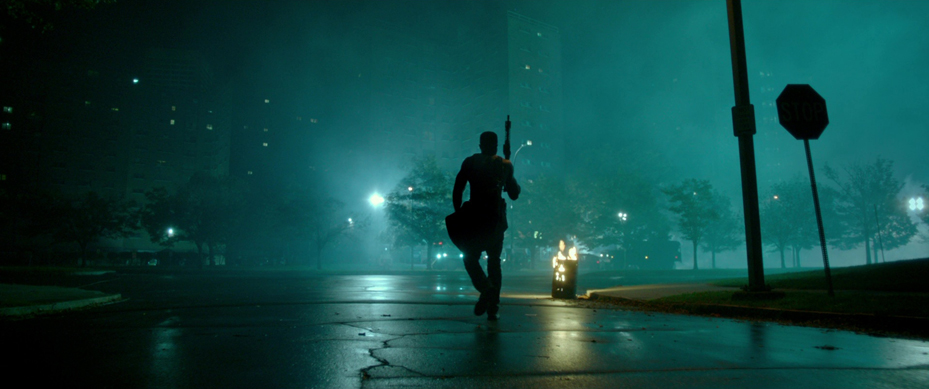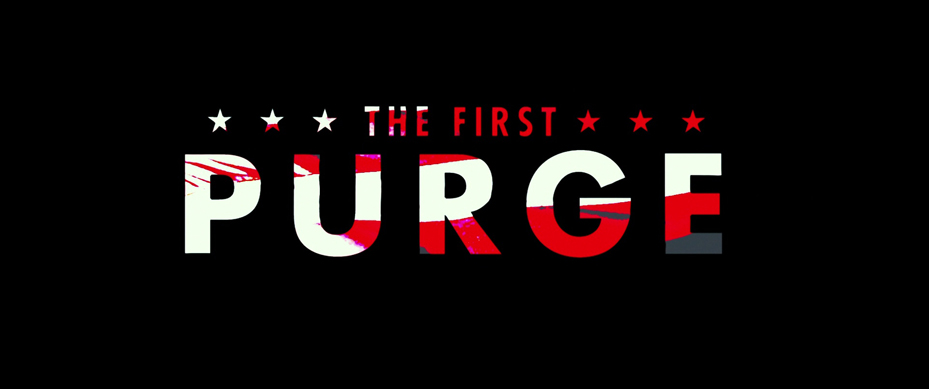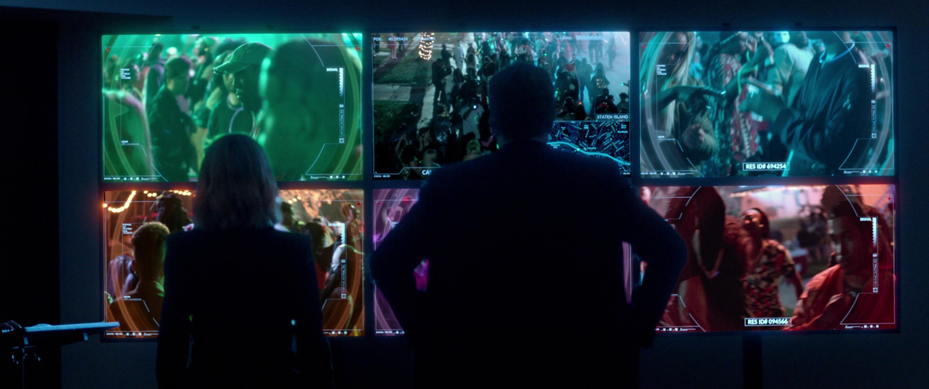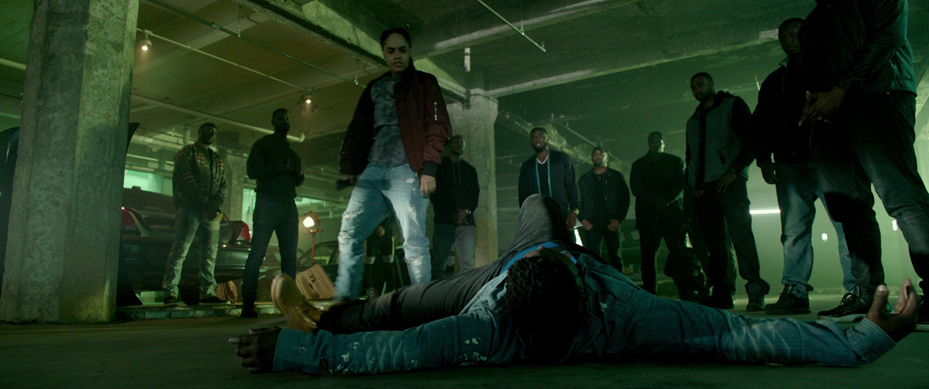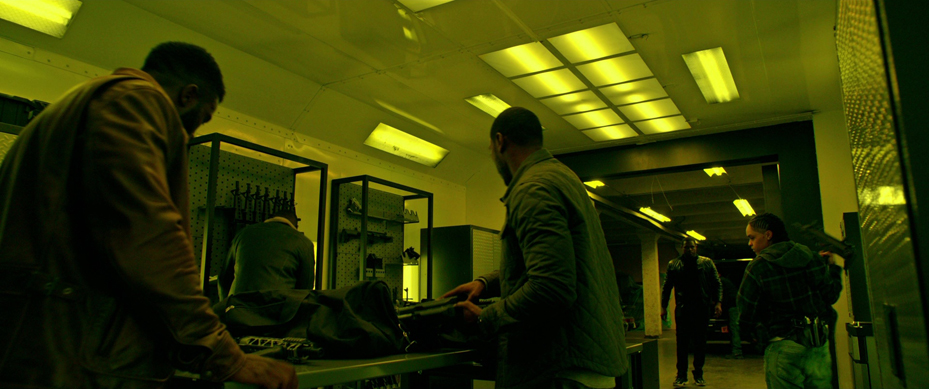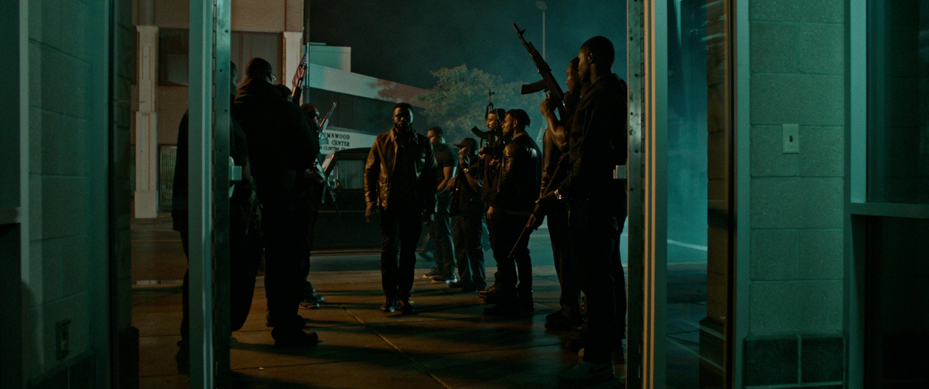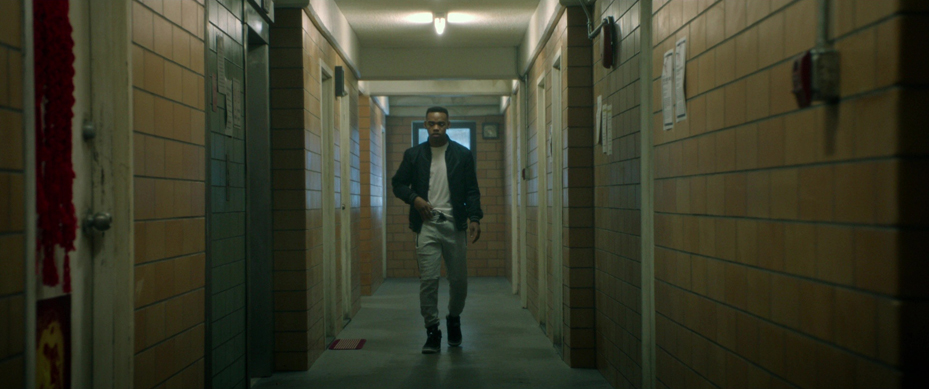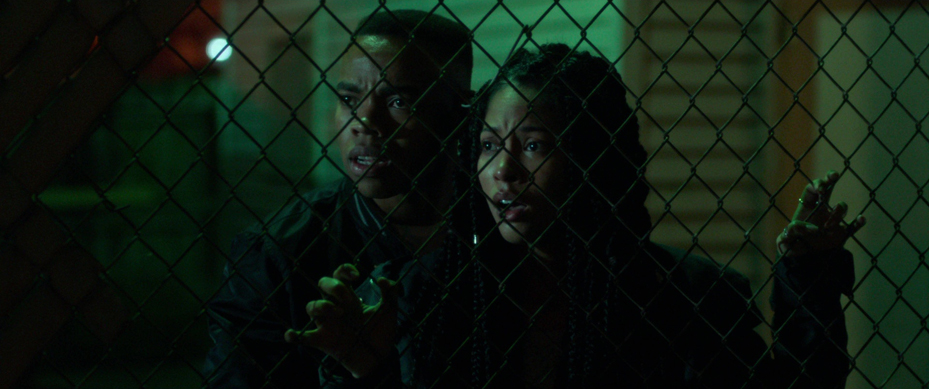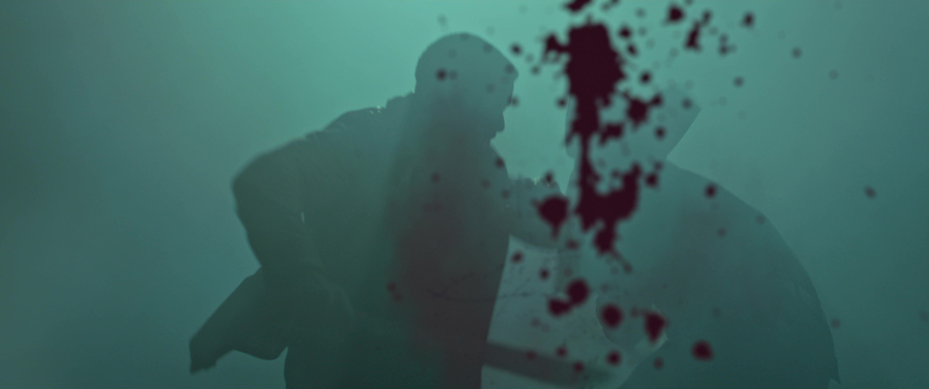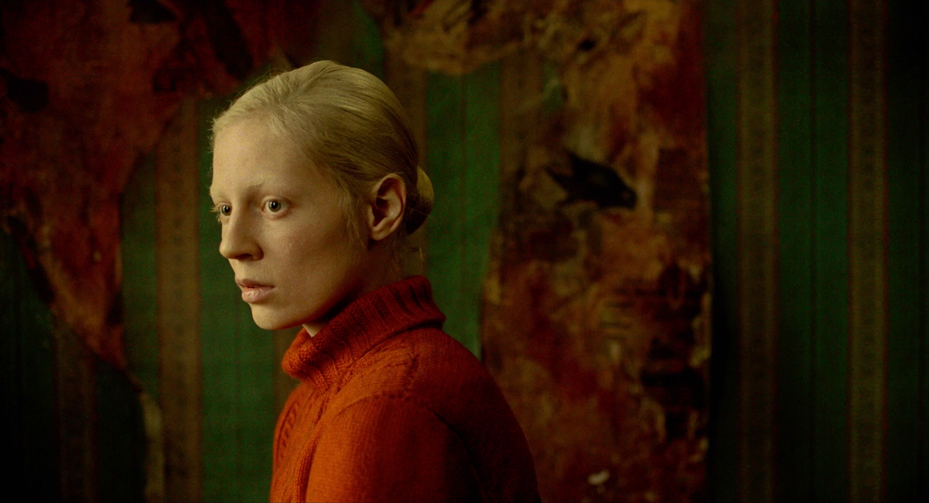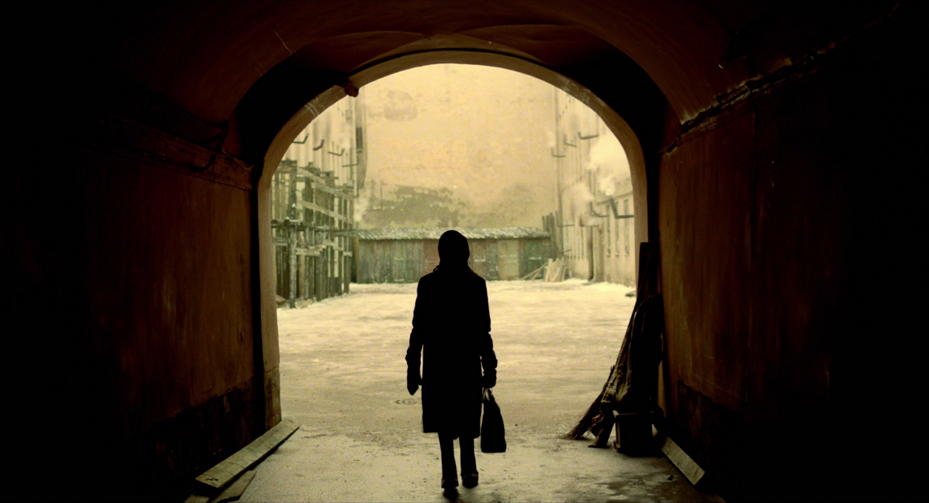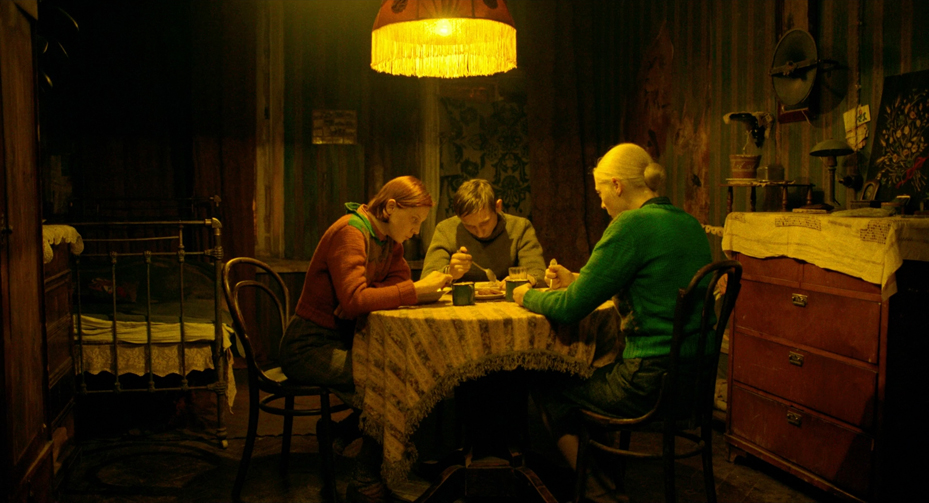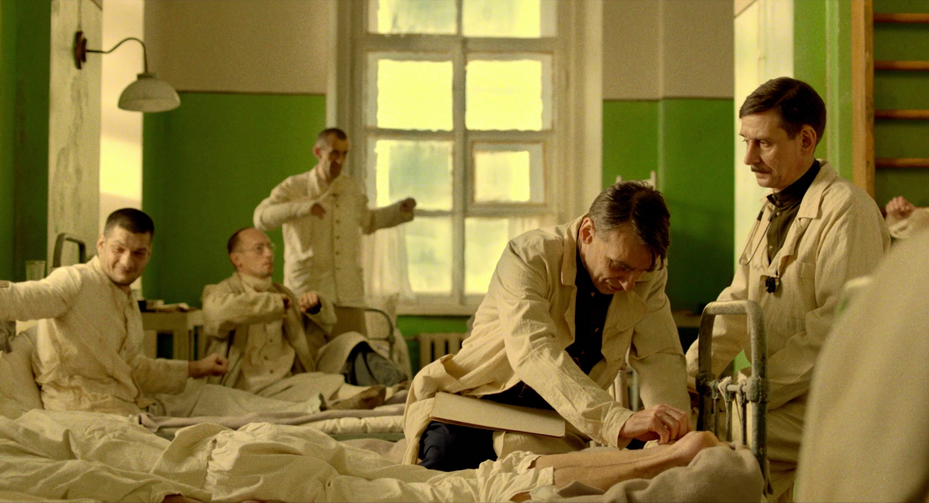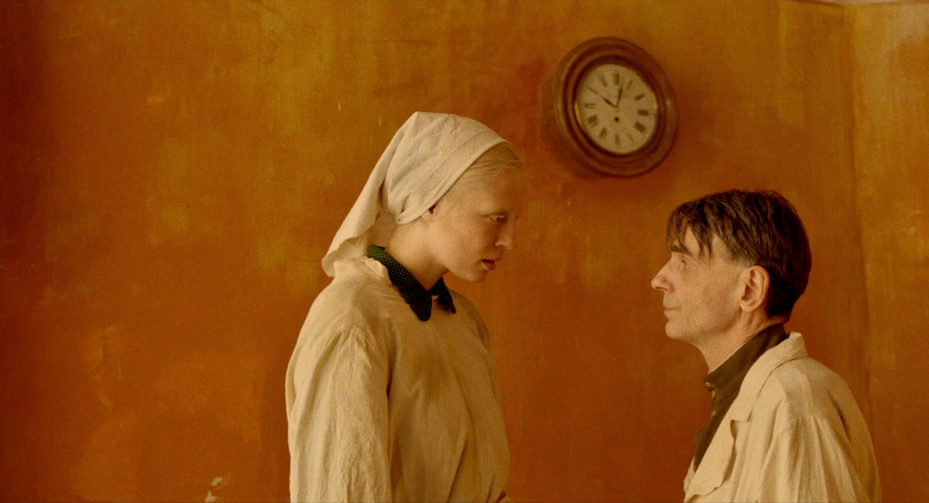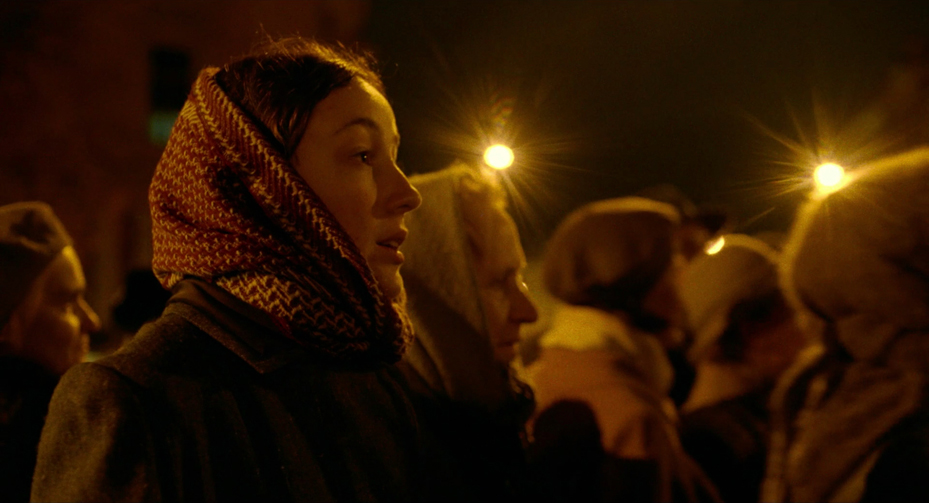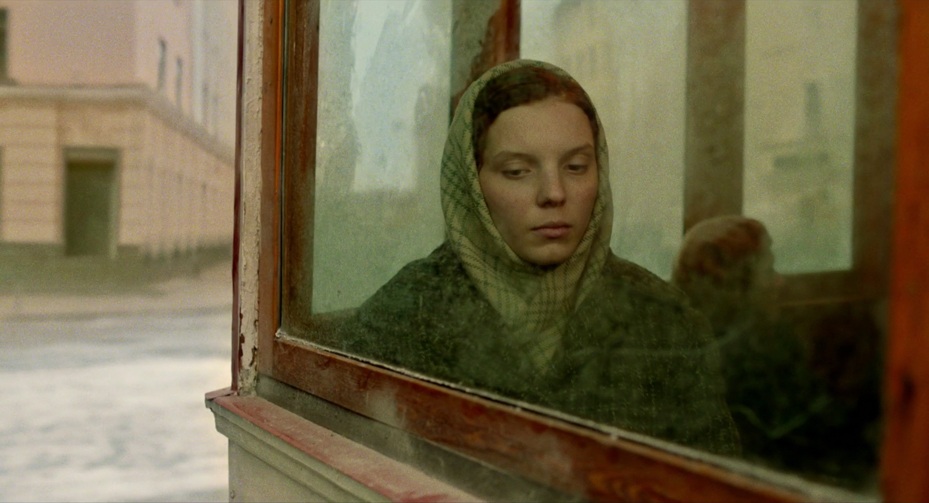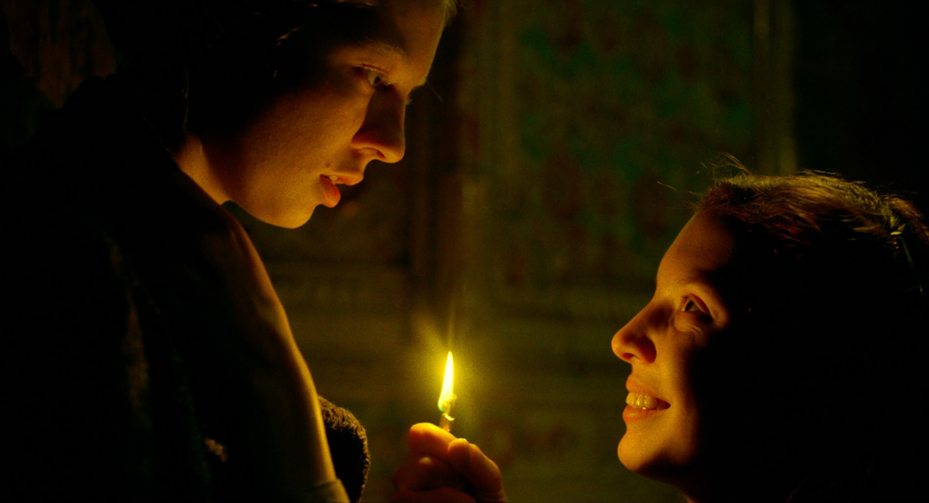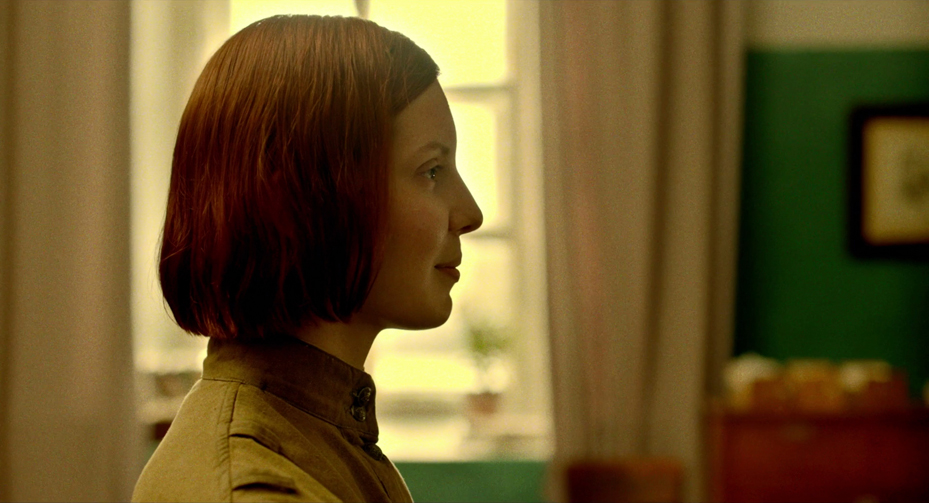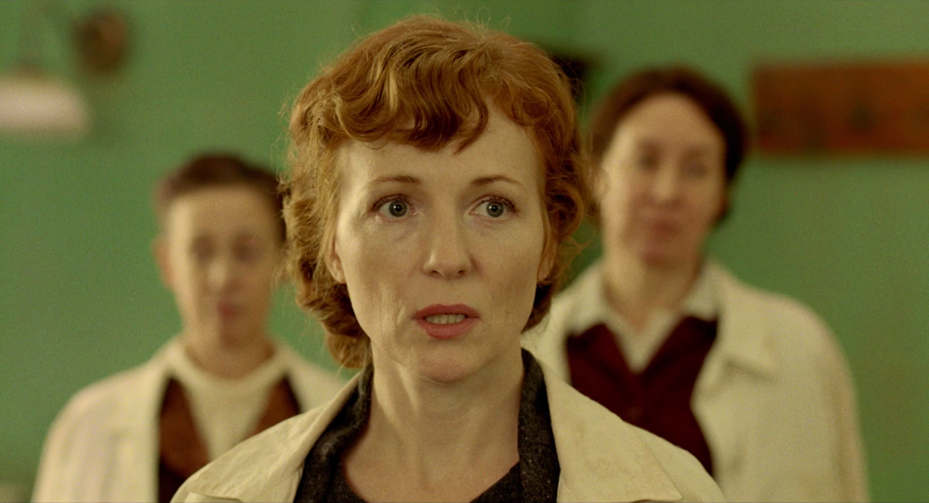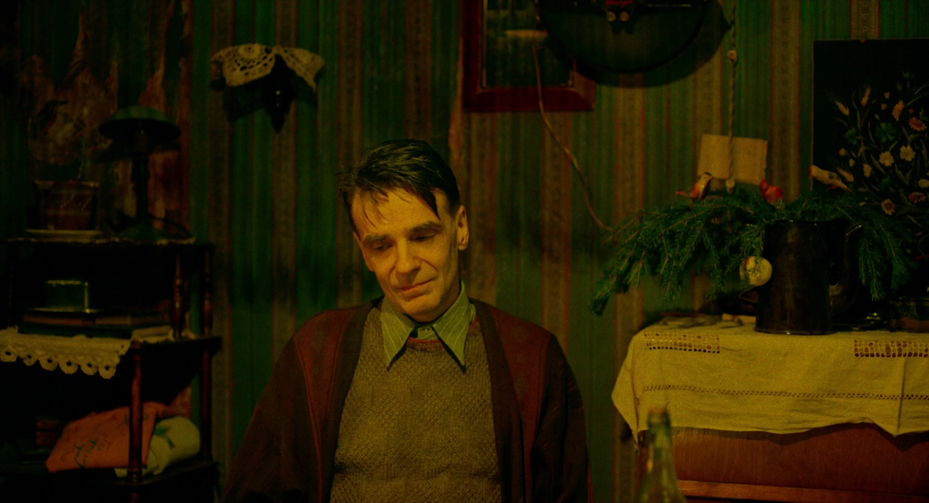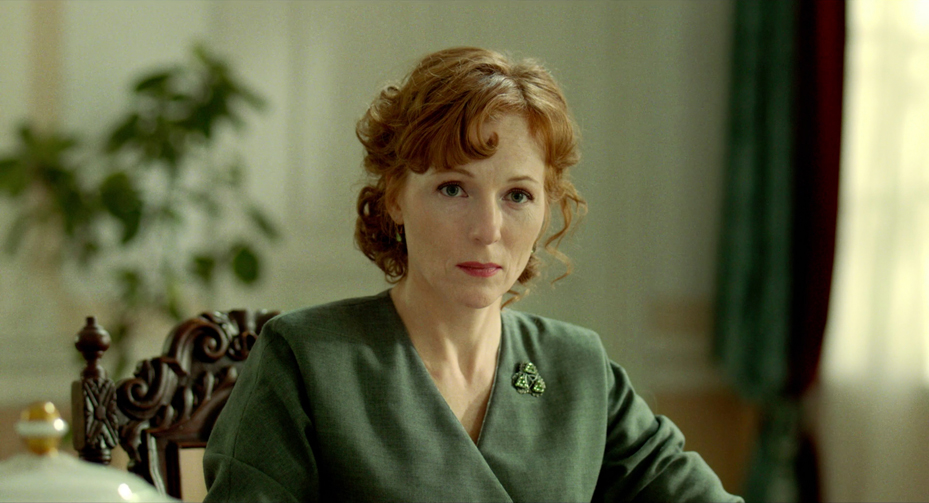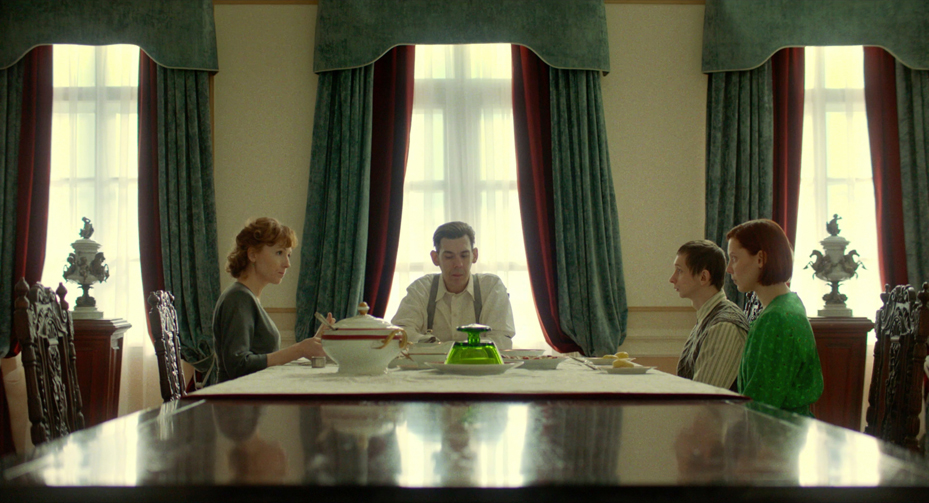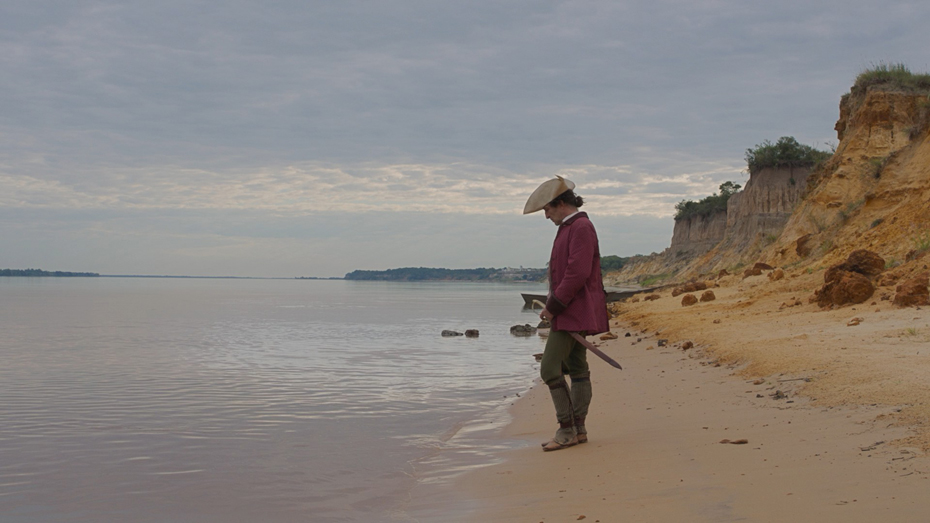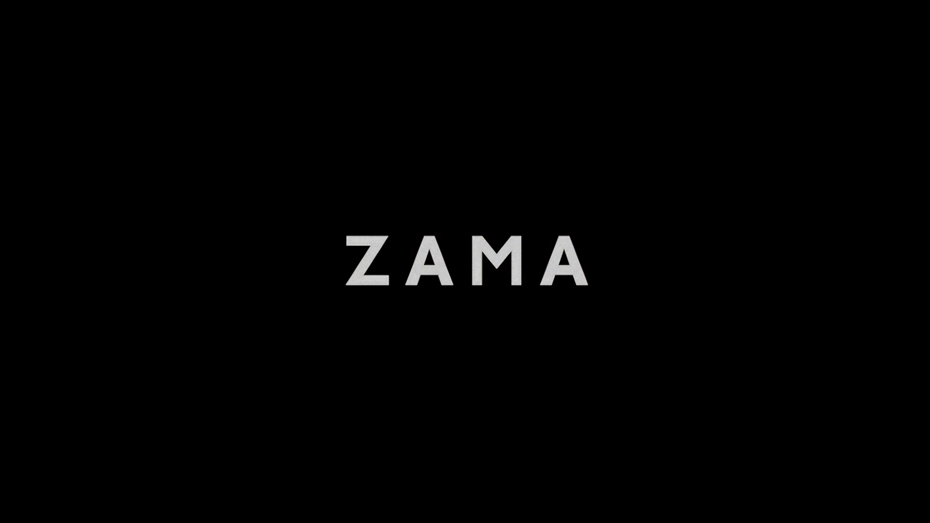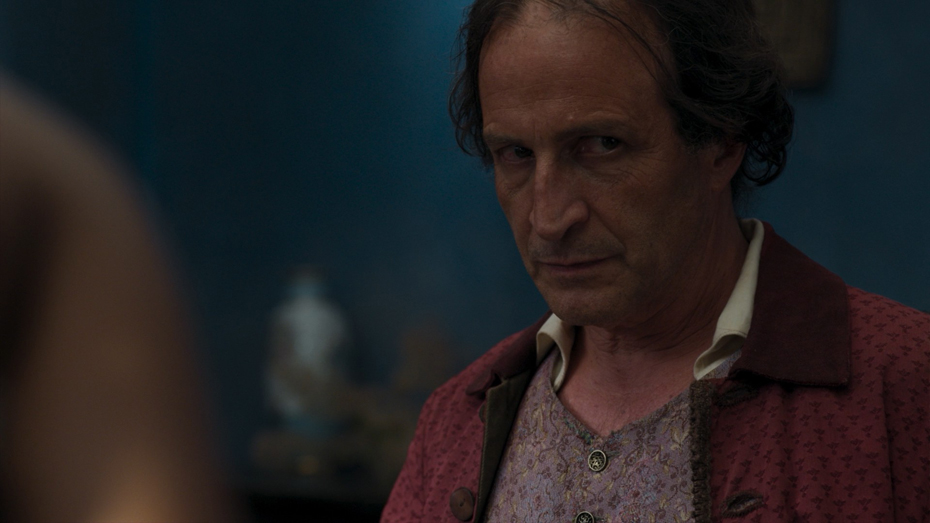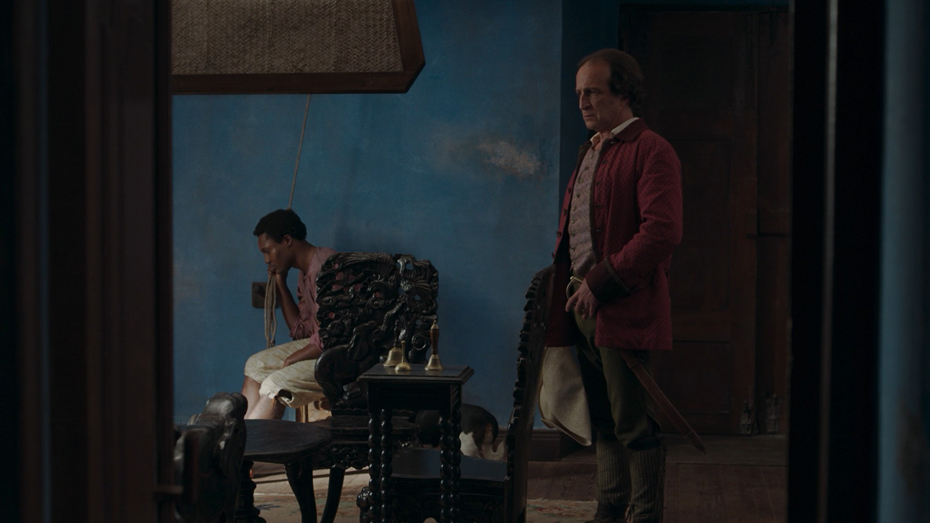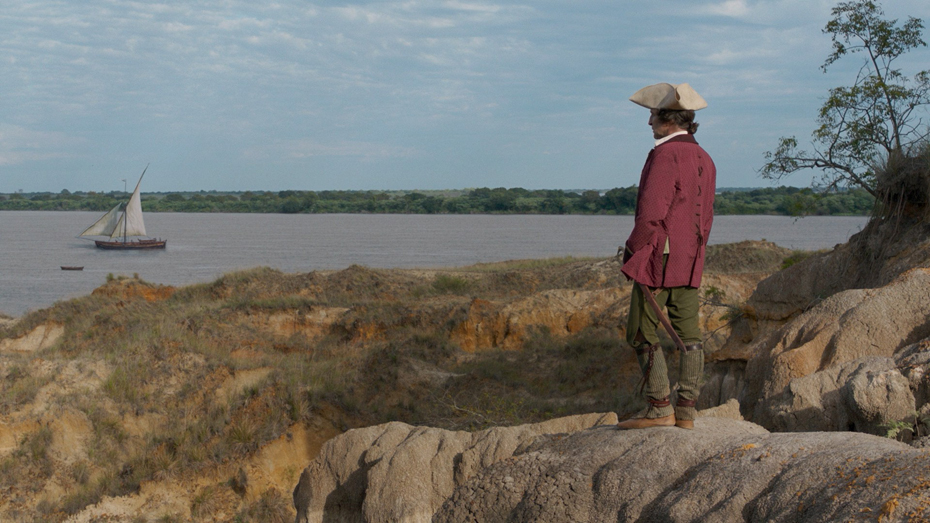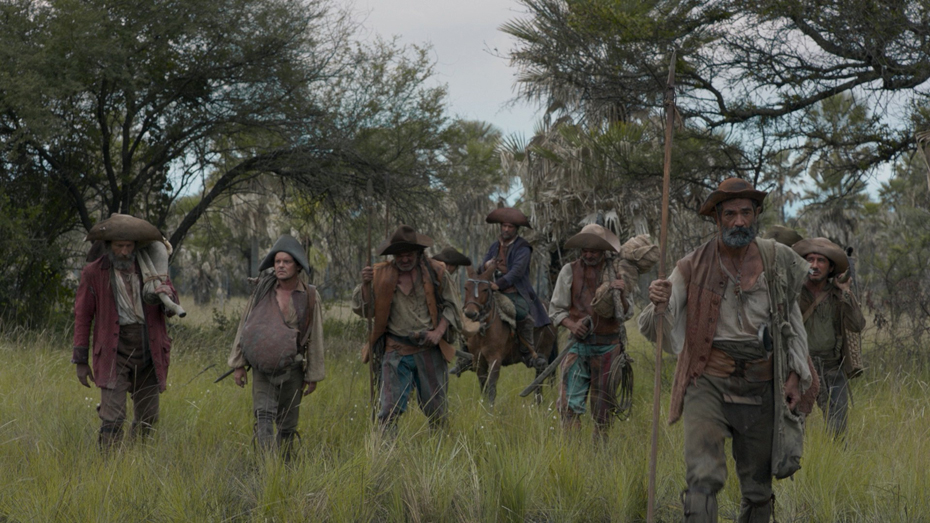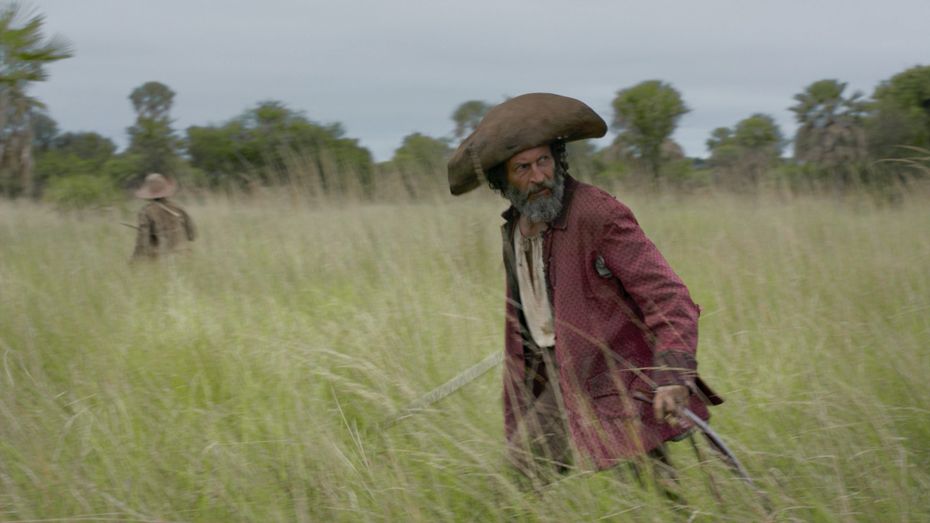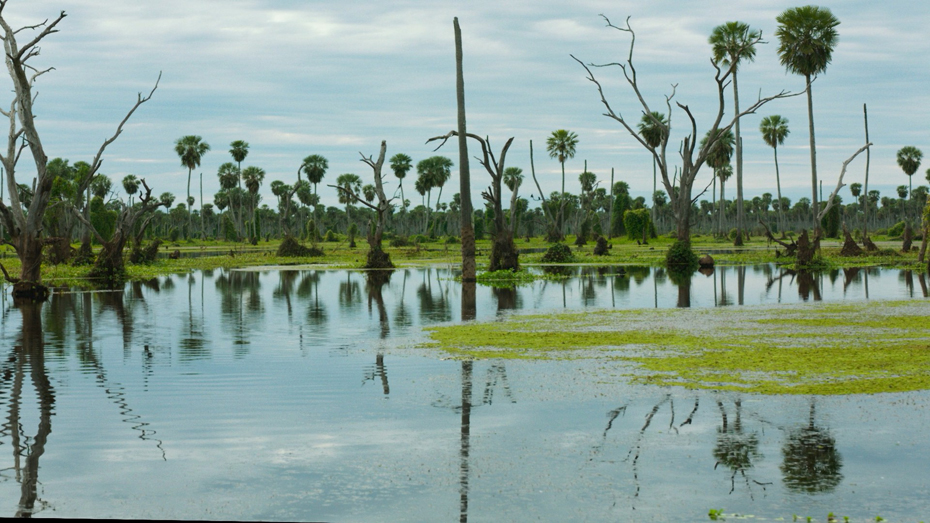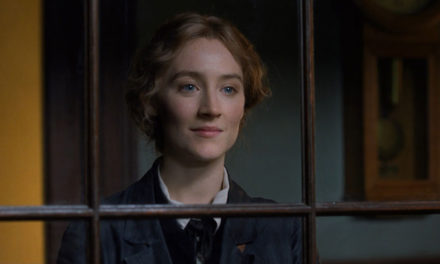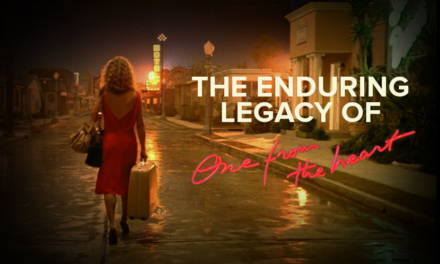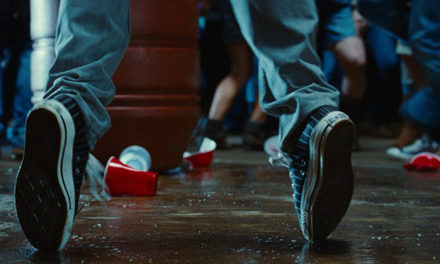THE TUESDAY DROP – 11/23
11.23.21 / New Shots
DRIVE (2011)
Action-drama film Drive stars Ryan Gosling as “The Driver”, a man who lives as a Hollywood stunt driver by day and getaway driver by night. He takes part in a botched million-dollar heist along with Standard (Oscar Isaac), the debt-ridden husband of his neighbor Irene (Carey Mulligan), that ends up endangering the lives of everyone involved. The film received a standing ovation at the 2011 Cannes Film Festival, garnering praise for its direction, cinematography, performances, visuals, action, and score. An ARRI Alexa used for most of the shoot due to its ability to shoot high ISO without producing much noise, but shots on the car dashboard and hood were shot on a Cannon 5D MII and Iconix HD-RH1. For the car interiors, prime lenses were used since they allow more light into the camera compared to zoom lenses.
The nighttime urban environment of L.A. with hints of neon piercing in the city darkness give the film its unique look. The three-car chase scene was lit using gels and LED’s hidden by the camera department on car bonnets and dashboards. Director Nicolas Winding Refn and cinematographer Newton Thomas Sigel divided scene frames into quadrants to make the film come alive and give the audience story information not given through dialogue. Shots that split actors left and right help tell two different stories at the same time. While shots that split top and bottom help the characters show their inner feelings through gestures.
A QUIET PLACE PART II (2021)
A Quiet Place Part II picks up right where the smash hit horror film A Quiet Place leaves off, as the Abbott family continues to try and survive in a post-apocalyptic world inhabited by aliens with an acute sense of hearing. The film was once again written and directed by John Krasinski, with the main cast reprising their roles, and Cillian Murphy and Djimon Hounsou joining. After over a year of postponements due to COVID-19, it had the biggest opening weekend of the pandemic. Polly Morgan replaced Charlotte Bruus Christensen as cinematographer from the first film but it was Krasinski’s decision to shoot on film, as he wanted to maintain the feel of the original. Some sequences had to be shot on digital, such as the arena scene at night and the scene of Evelyn (Emily Blunt) driving because a film camera was too big for the car.
It was decided to use the Panavision Panaflex Millennium XL2 camera with Panavision T-Series anamorphic lenses, to enable close ups and better serve the low light situations of the night sequences. In the film’s plot, the power grids are still on since no one was able to turn them back off, which means the bulbs have expired. Morgan therefore used moonlight or ambient night light to inform lighting decisions, and at times visible light sources would be primary, making the characters’ silhouettes visible.
CHUNGKING EXPRESS (1994)
Chungking Express is a romantic crime-comedy drama film about two separate ove stories. The first story follows police officer 223 He Qiwu (Takeshi Kaneshiro) who becomes obsessed with his breakup after his ex-girlfriend dumps him. His story leads to him encountering a mysterious drug smuggler in a blond wig (Brigitte Lin). The second story follows officer 663 (Tony Leung Chiu Wai) who is heartbroken over losing his flight attendant girlfriend but finds another chance at love with a quirky snack bar worker (Faye Wong). It was written and directed by Wong Kar-wai and shot by Christopher Doyle, one of Wong’s frequent collaborators, and Andrew Lau. Many of Wong’s films are considered some of the most influential films in modern Hong Kong cinema, and Chungking Express is no different. The film was shot in 23 days: with Lau responsible for the first segment and Doyle taking over for the second section starring Tony Leung.
The flat that became Cop 663’s home was Doyle’s actual flat that he was living in at the time, and was almost responsible for him being sued by other tenants after the flooding scene caused damage to floors below. In the film, the camera hardly stands still and is always moving. In one of the first scenes where He Qiwu chases a criminal, the camera’s movement blurs the image of the people while following the movements and speeds of his running, therefore amplifying the feeling of being lost in a crowd of faceless entities. Freeze frames are used to clarify the rapid and constantly moving plot, as seen with the frozen frame of the clock at Chungking Express. The frame shows the contrast between the drug smuggler’s lifestyle and Cop 663 patiently waiting for his ex-girlfriend May.
A UNITED KINGDOM (2016)
A United Kingdom is a biographical drama film based on the true-life romance between heir to the throne of Bechuanaland, Seretse Khama (David Oyelowo) and his wife Ruth Williams Khama (Rosamund Pike). The film was directed by Amma Asante, written by Guy Hibbert, and shot by Sam McCurdy. The African scenes for the film were shot in Botswana (previously Bechuanaland) because Asante “wanted the DNA of the country running through the film.” In order to do so, they negotiated permission with village chiefs when a location was required, and had a respectful approach to the local traditions. A practical difficulty for the production was working in and dealing with the Botswana heat, along with the country’s drought. Because of the drought, the crew had to wash their hair with water bottles.
Asante mentioned that since the real-life couple’s son is now the president of Botswana, there was pressure around the production. Most of the couple’s family, children, and grandchildren visited the crew while filming. Asante had vowed to do her best to honor the truth of the story. It was tough for her because, as a filmmaker, you don’t want the family to take control of the film. Having the president arrive on set in his own helicopter was intimidating for Asante and the crew. However, the production’s relationship with the family was a positive one. In a scene where Pike was dressed as Ruth, the President remarked, “It’s not everyday you see your mother come back to life.”
SOMETHING WILD (1986)
In the action screwball comedy Something Wild, Melanie Griffith stars as Lulu, a free-spirited woman who asks uptight banker Charlie (Jeff Daniels) to pose as her husband at her high school reunion. But this harmless encounter takes a turn when her actual husband (Ray Liotta) confronts them at the reunion. Director Jonathan Demme shot the film with his longtime collaborator cinematographer Tak Fujimoto. The film’s cinematography features saturated colors that play into its bright and lively theme, and is seen in everything from the pastel green of Lulu’s car to the blue thrift store suit Charlie wears to the high school reunion. Demme’s films were known for being infused with remarkable musical tracks. Something Wild is no different, featuring tracks by David Byrne, The Feelies, the Motels, Fine Young Cannibals, and even reggae. Demme preferred to shoot in roadside motels, gas stations, and diners around Tallahassee, Florida instead of having sets built. Very few sets were built for shooting. Many extras were personally chosen by the director during a casting call, but some were chosen off the street on a whim.
MONSTER HUNTER (2020)
Milla Jovovich stars as U.S. Army Captain Natalie Artemis in the film Monster Hunter, written and directed by Paul W.S. Anderson and based on the video game series of the same name. Artemis and her UN security team search for a missing team of soldiers in the desert when they get transported through a portal in a storm to a New World inhabited by enormous monsters with incredible powers. Shot on an ARRI Alexa LF and Zeiss Supreme prime lenses, Monster Hunter is cinematographer Glen MacPherson’s 8th collaboration with Anderson, who prefers to shoot in real locations and avoids using green screens. For this film, the production shot in the desert white sands of Namibia, 10 hours away from civilization.
The colorful atmosphere of the film was created using images from the game as a main reference, and the production aimed to be as faithful to the video game as possible. Shooting in a real setting presented problems such as having a “foot prints” team to erase the imprints of the crew in the sand with brooms and blow guns, and having to have the zooms sent back weekly to clean the grains of sand in the rings. Production also had to compensate for the light variations in the sand with camera settings or LUTs, as the clear sand constantly changes in appearance depending on the dunes and position of the sun. MacPherson relied on very wide shots and short focal lengths, which created the issue of having a wide landscape that needed to be free of any production team presence evidence.
KURONEKO (1968)
Japanese horror film Kuroneko is an adaptation of a supernatural folktale about the vengeful spirits of a woman and her daughter-in-law who were raped and killed by a band of samurai. The film takes place during the Japanese Civil War period of Sengoku (1467-1615). Written and directed by Kaneto Shindo, the film was shot by cinematographer Kiyomi Kuroda in black and white using TohoScope. TohoScope was Toho Studio’s response to the popularity of the CinemaScope lens system, as both formats have identical technical specifications. The film’s brutal opening scene sets the tone for the rest of the film, and its use of long, silent takes focusing on the animalistic expressions of the samurai as they rape the girls, without showing the act, produces a truly haunting and disturbing sequence. The film’s images themselves are eerie and ghostly, as seen with the women, dressed in white, as they seem to almost float throughout the film. The visuals of the forest that the ghost’s victims are led through make for an eerie journey as well, and Kuroneko’s split screens and double exposures contribute to the film’s visual ingenuity.
THE FIRST PURGE (2018)
The First Purge is the fourth installment in the Purge franchise, serving as a prequel that depicts the origins of the annual “Purge”, a 12-hour time space in which all crime in America is legal. Gerard McMurray replaced series creator James DeMonaco as director, while Anastas N. Michos served as cinematographer. McMurray came from the low-budget indie world and was an associate producer on Ryan Coogler‘s breakout film, Fruitvale Station.
Buffalo stood in for Staten Island in the film, as McMurray found the city’s locations to be more viable for shooting. One such location was the General Mills plant on the Buffalo River. The authenticity and isolation of the place, along with the unexpected smell of Cheerios in the early morning, made it the perfect location for filming the dark, silhoutted shots of the film. Other filming locations included downtown Buffalo, One Seneca Tower, Marine Drive Apartments, Perry Projects, and Kaisertown.
BEANPOLE (2019)
Beanpole takes place in Leningard (modern-day Saint Petersburg) during WWII, after the siege of the city is over, and follows two young women trying to rebuild their lives amongst the ruins. Director Kantemir Balagov co-wrote the film, while Kseniya Sereda served as the cinematographer. Balagov wanted the look for the film to resemble Dutch paintings and created the film’s ones take shots, which were prominently used, by putting close-ups and wide shots into the same take to create a sort of montage inside the frame. To achieve this, each actor and crew member had to move in the exact same way at the exact time. Since Balagov doesn’t use storyboards, he “pre-shot” the whole film on a video camera with the actresses. Originally, the scene where Masha (Vasilisa Perelygina) returns from war was planned as multiple different scenes. After the pre-shoot, however, Bagalov decided to have it as one long to be with her during the journey, instead of creating distance by cutting too many times. The pre-shoot cut was 3 hours and 15 minutes long, which indicated to Bagalov that the film was too long.
ZAMA (2017)
Zama, set in the late 18th century, tells the story of Don Diego de Zama – an officer of the Spanish Crown in a remote outpost in Argentina waiting to get a letter from the king that will grant him a transfer to a better station. Lucrecia Martel wrote and directed the film, based on the 1956 novel of the same name, with Rui Poças as cinematographer. The director’s use of sound and sightlines put the viewer inside Zama’s head, with each shot depicting his inner torment. For example, in the scene where Zama gets into an argument with a subordinate who rebukes him for negligence, the audience is conditioned to ignore what Zama ignores. In the scene, a white family files a formal claim of ownership for land that would expel or enslave the natives who live on the land if Zama approves the request.
Instead of paying attention to his responsibilities, Zama’s attention is on the young woman in the family. He gazes lustfully over her body as a hypnotic sound fades in, which Martel called Zama’s sound. Because the audience is subject to viewing the film through Zama’s perspective, they are encouraged to ignore all the narrative information about the family’s claim that takes place in the scene. Martel explained that for her, rhythm is much more important than the story. Working with time means real time (the film’s running time), time in terms of history and the number of years that elapse in the story, and the time it takes the viewer to pick up on things. She stated, “having less plot helps the spectator notice details”.


